 Media Release - CAD-Ray Goes Global - Final
Media Release - CAD-Ray Goes Global - Final
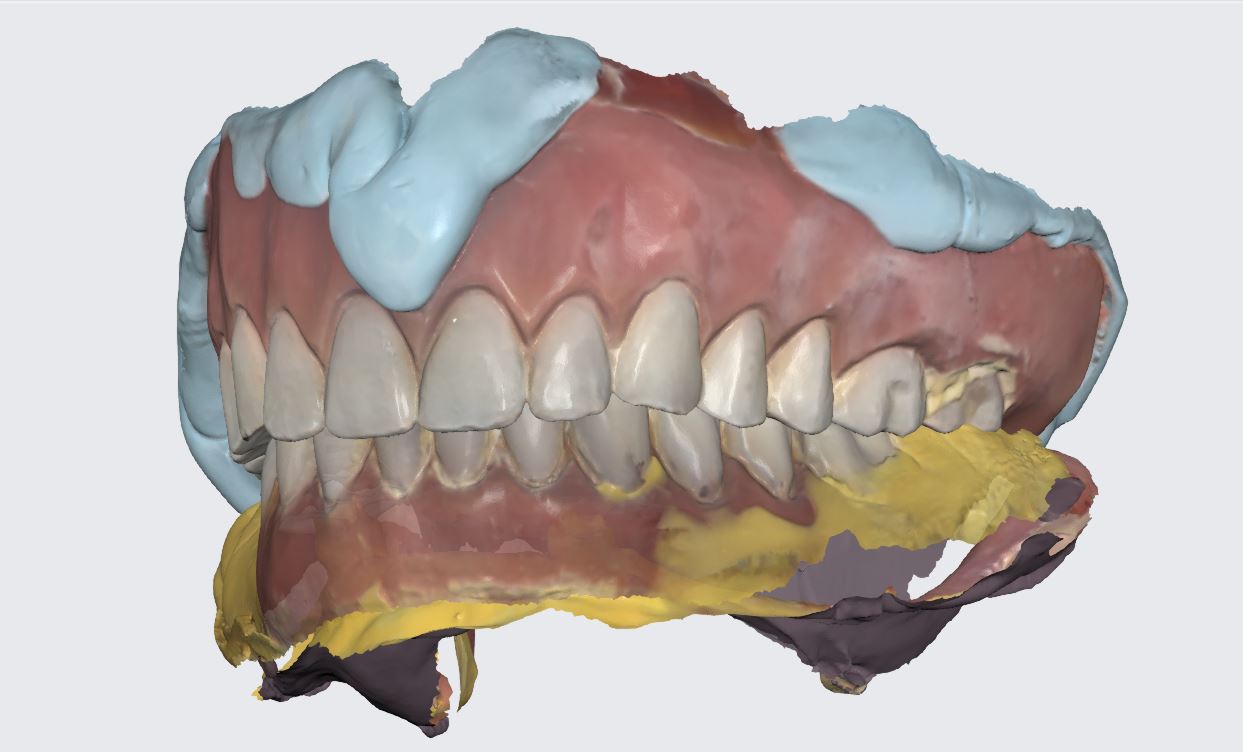
A fracture and worn overdenture greater than 10 years old was duplicated digitally where the lab was able to follow the vertical dimension and tooth position from digital impressions taken by the Medit i500. Clinically, we advise that you place the housings before taking the impressions to accommodate enough space for the chairside reline. In this particular case, most of the reline and imaging was done extra-orally
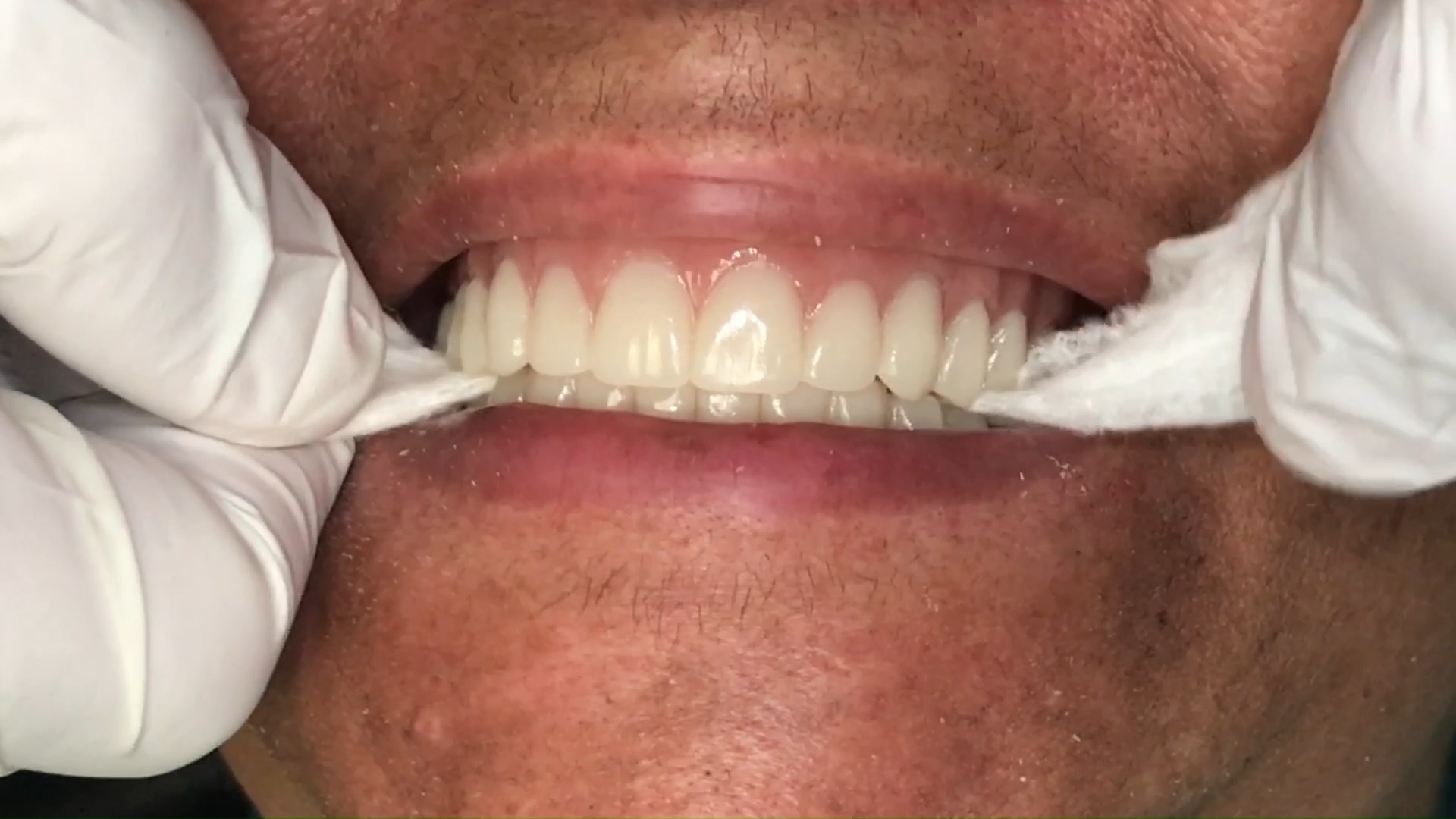
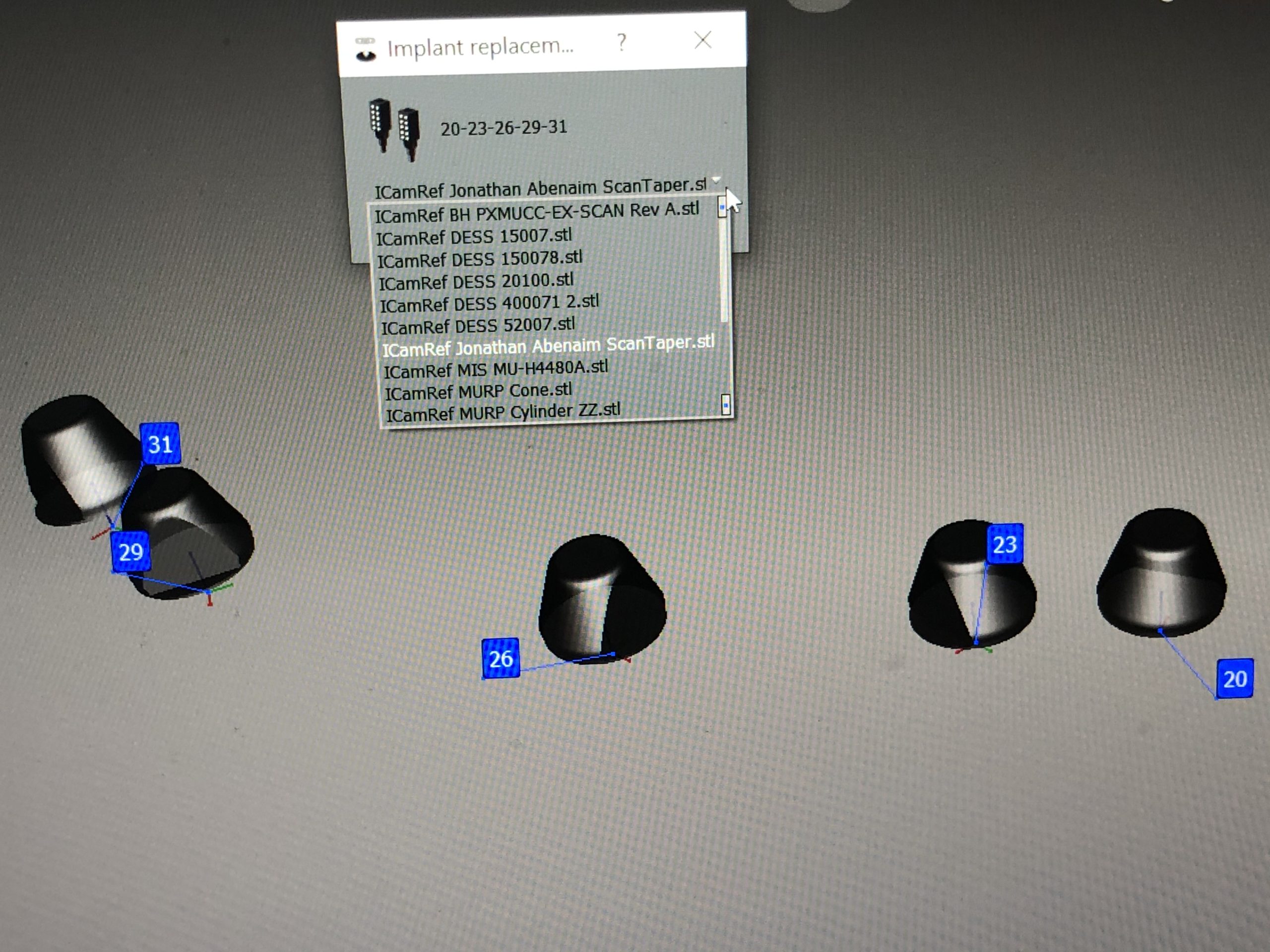
There is a lot of focus nowadays on the connection between the screw and the MUA and top clinicians are recognizing this to be the most vulnerable part of full arch prosthetics.
An issue to consider the space between the green and the blue arrows on the following photo and how some have designed solutions around the small area that is prone to chirping or breakage during milling or printing
“The powerball screw by Dr Jonathan Abenaim is one of a kind. Finally a screw designed to skip the tibase with the material in mind. It is rounded to provide gentle forces that are transferred to the body of the screw instead of the weak threads where the the screw is the weakest. It has the ability to be used in Zirkonia and pmma with no tibase. Its angle can be corrected up to 20 degrees. With our proprietary biaxial screw head the screw head is robust and cannot be stripped.”
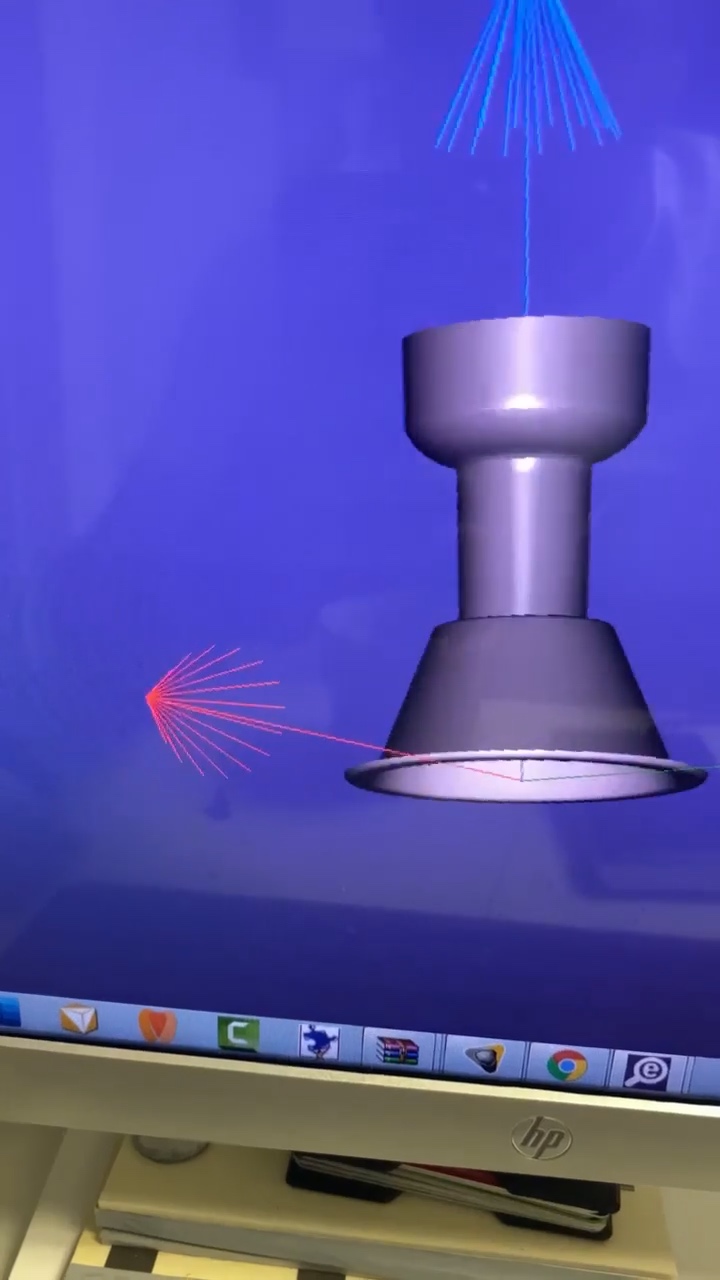
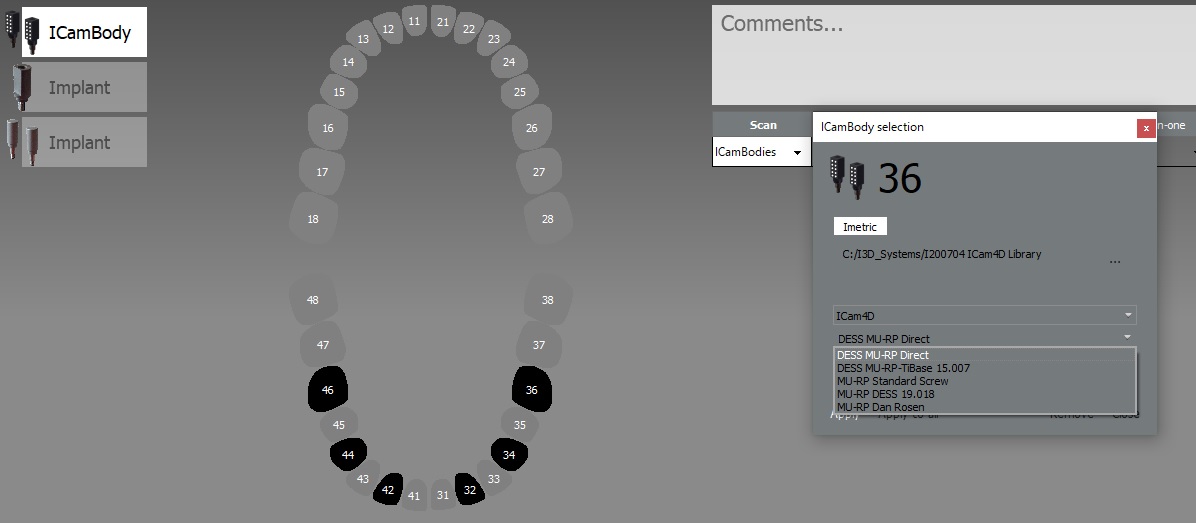
When setting up case in photogrammetry, you can select the type of screw you will be using for the prosthesis so that it gets incorporated into the design of the prosthesis. There is a trend developing where doctors prefer to mill or print directly to the Multi-Unit Abutment and a standard screw won’t suffice.
In Imetric’s ICam software you can chose which screw design you prefer which are often used to provide adequate spacing for the material and adequate length to engage the screw to the platform. Properly labeling the suprastructure at start up will provide the geometry you will need for the manufacturing.
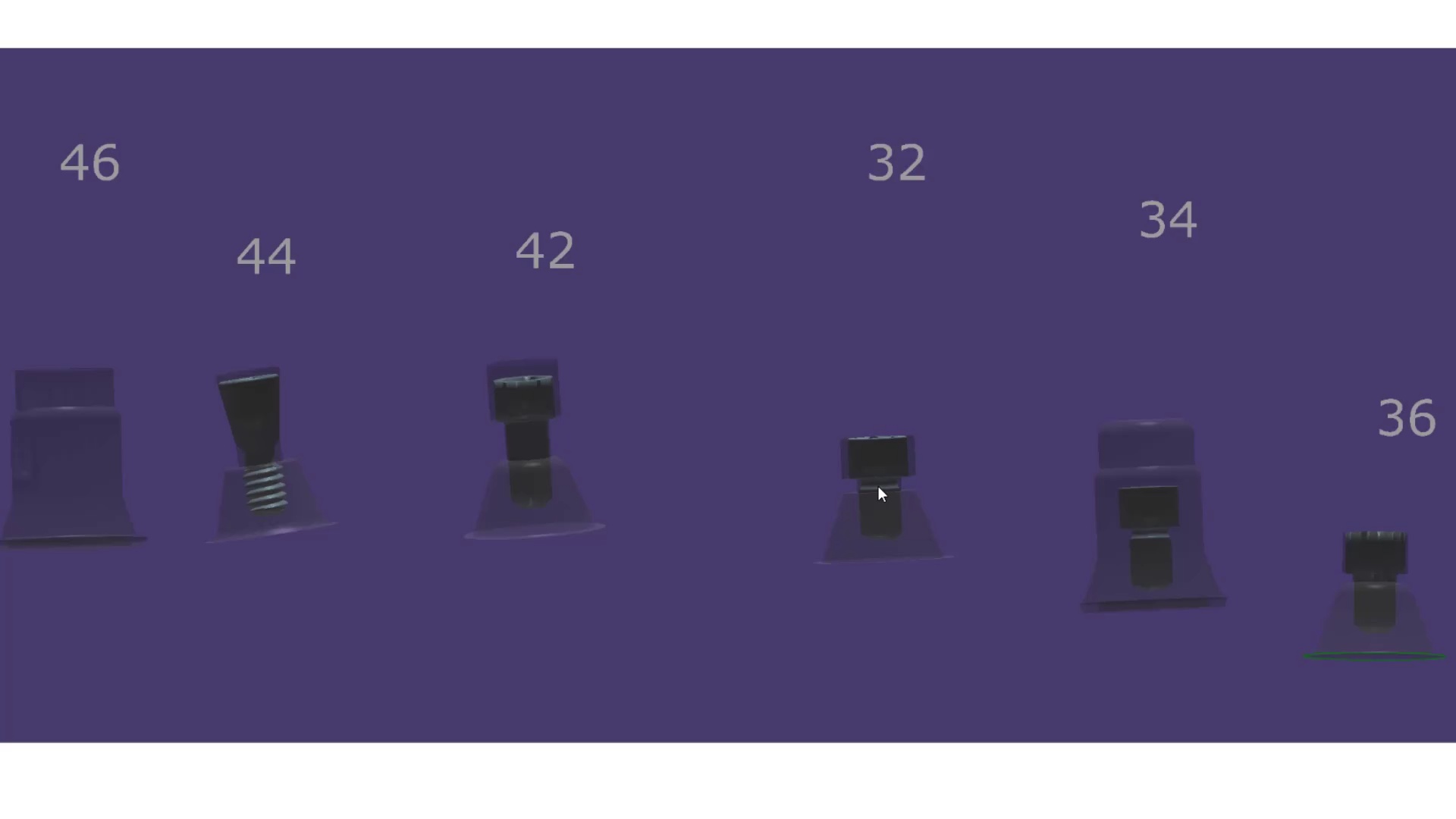
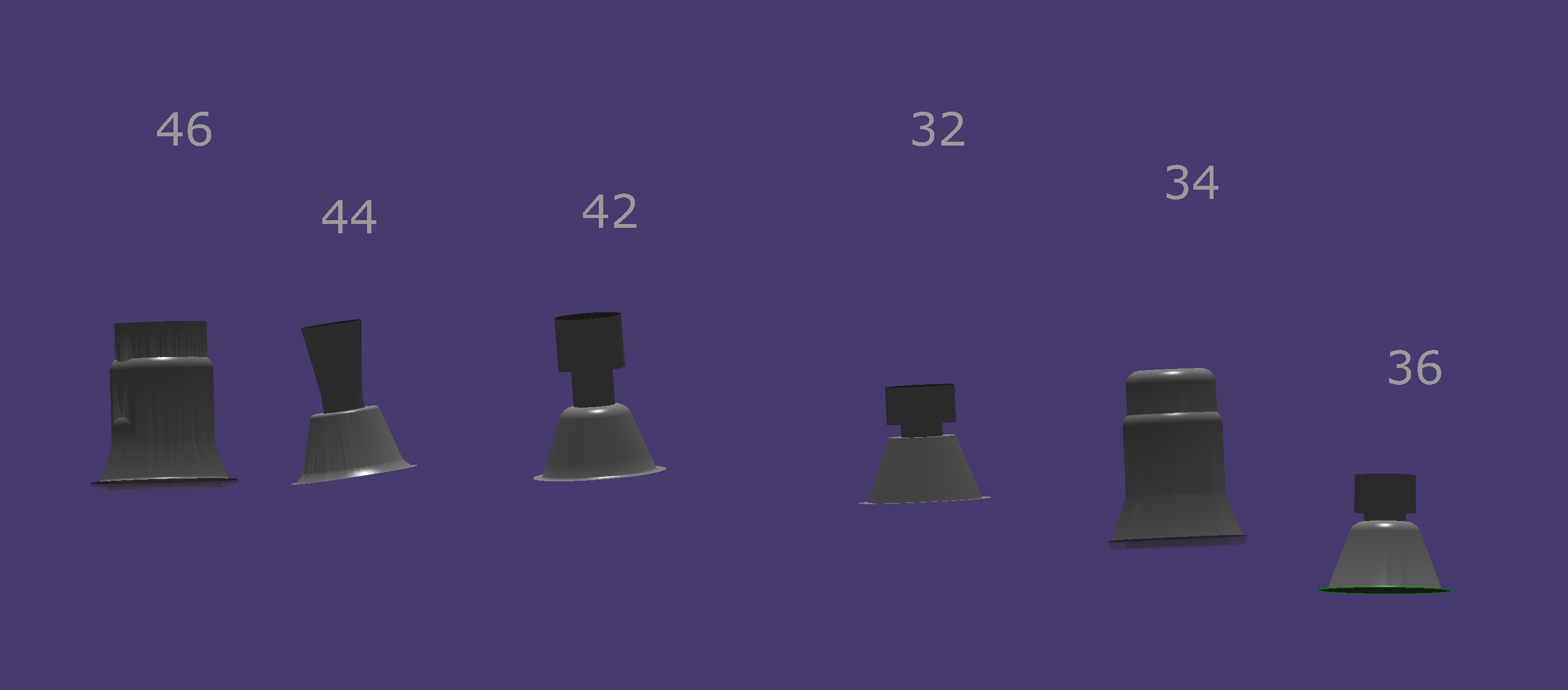
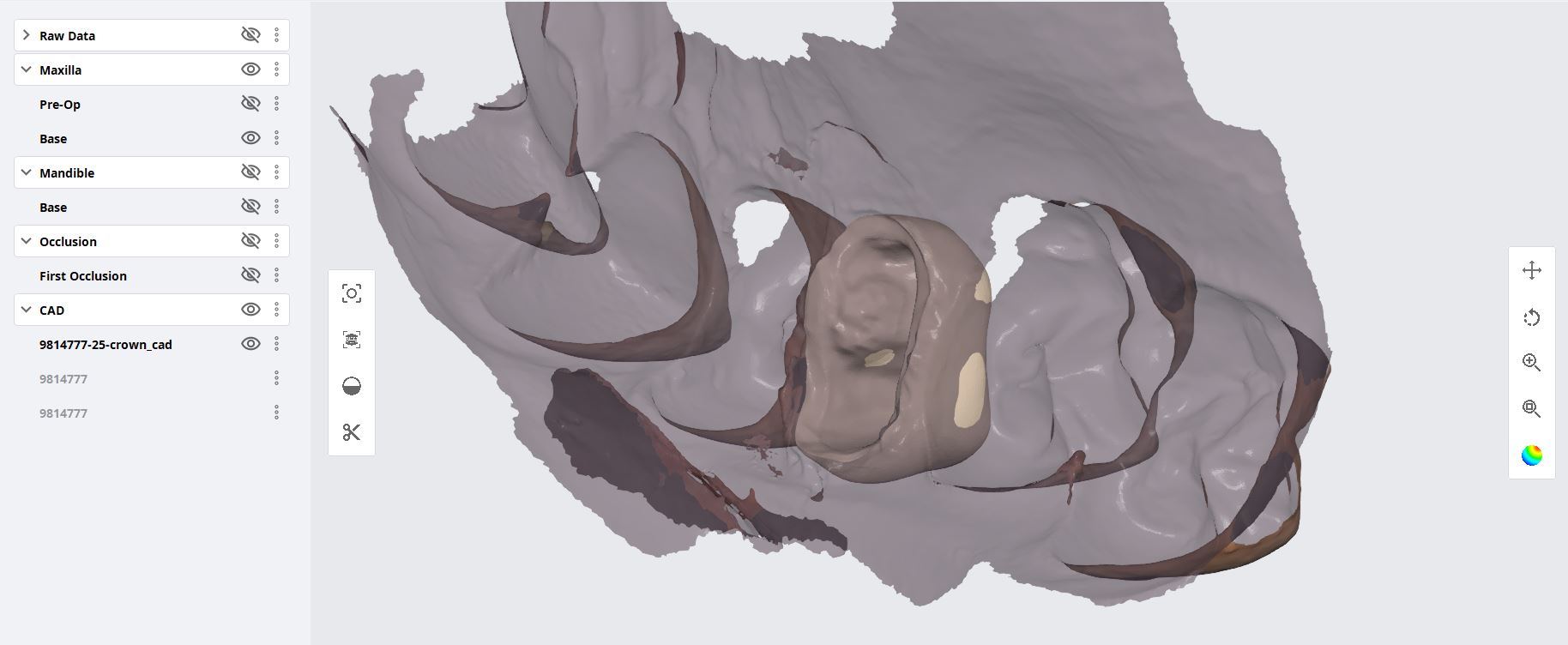
We have an MO a DO on adjacent teeth that need to be done and a crown in between. It took only 90 minutes to do all 3. I prepped the crown and got that milling and while it was milling I restored the adjacent teeth. I then tried the crown in. what’s great about lithium disilicate vs zirconia chairside is that I can easily add a contact on with powder while its crystalizing. or I can adjust the composites to nail the contacts. so we leverage mill time and oven time with prep time. Said another way, it takes me the exact same amount of time to do a crown + 2 class two’s as it does to do a single crown
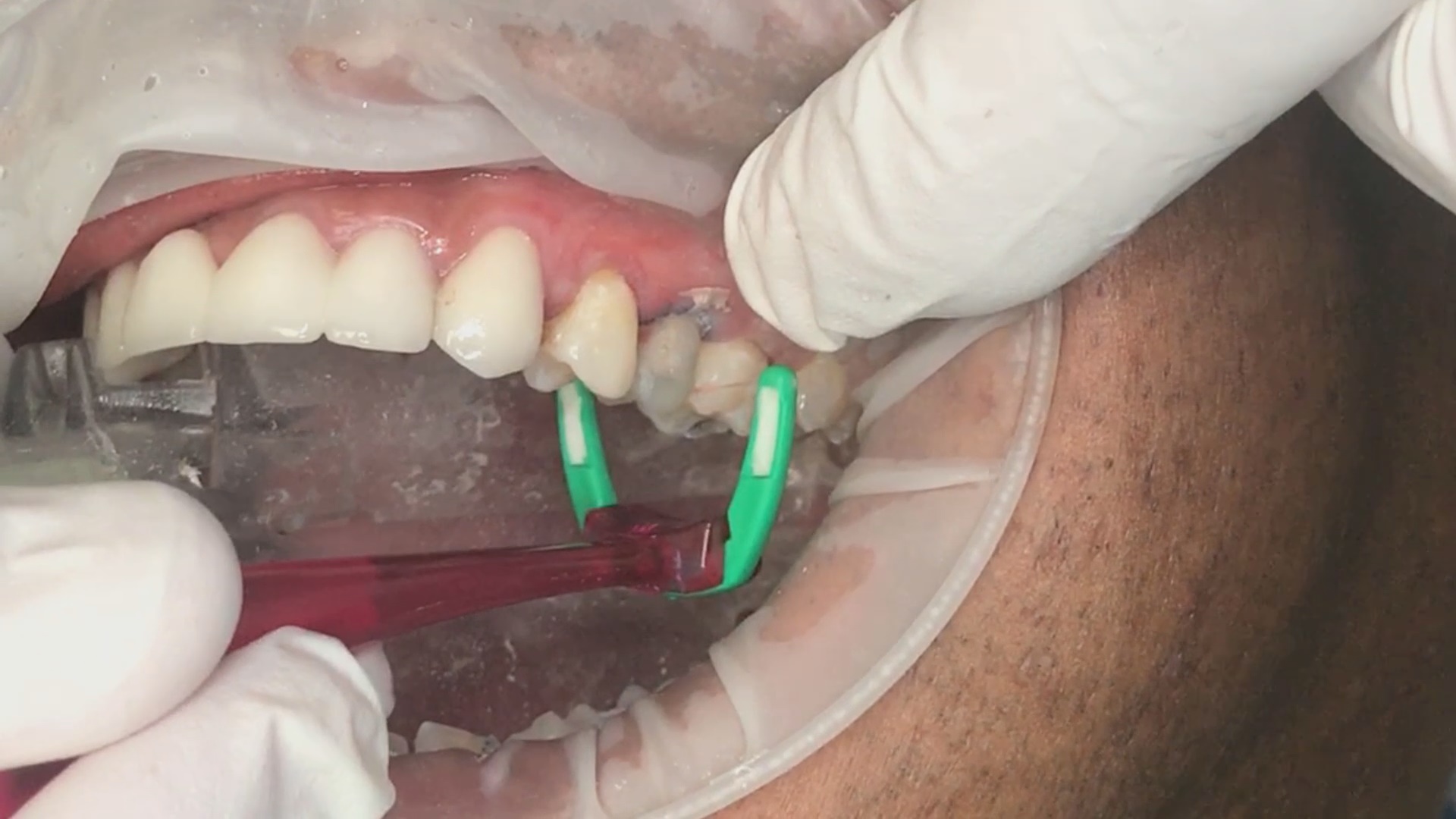
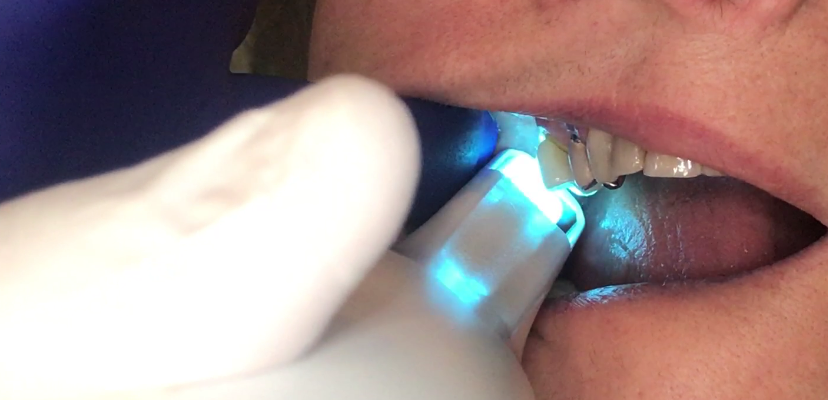
In this video we demonstrate how to use the color extraction feature of the Medit i500 scanner to displace and ignore the pesky tissue and the coronoid process that are annoying you while you try and image the distobucall area of an upper second molar
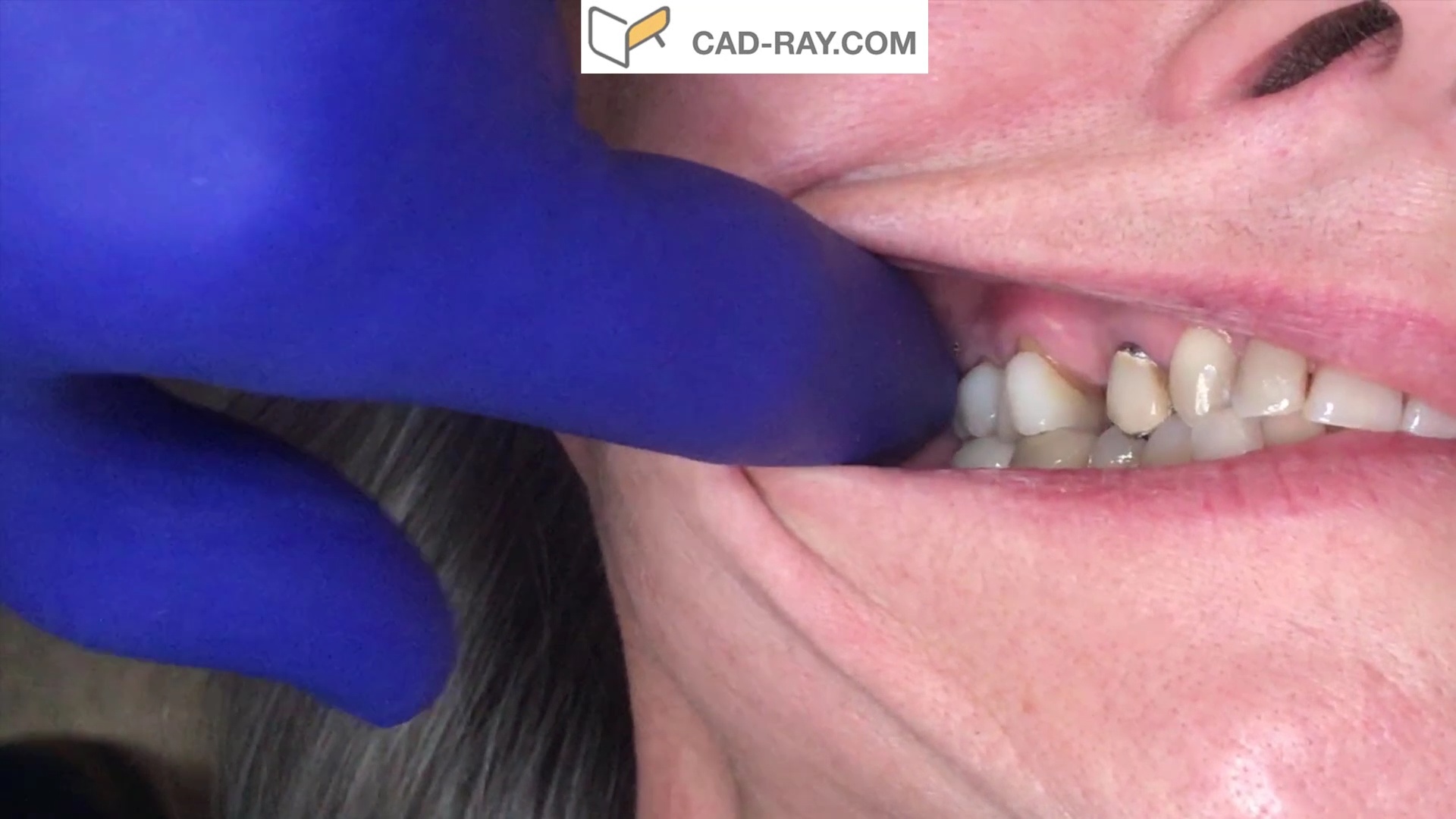
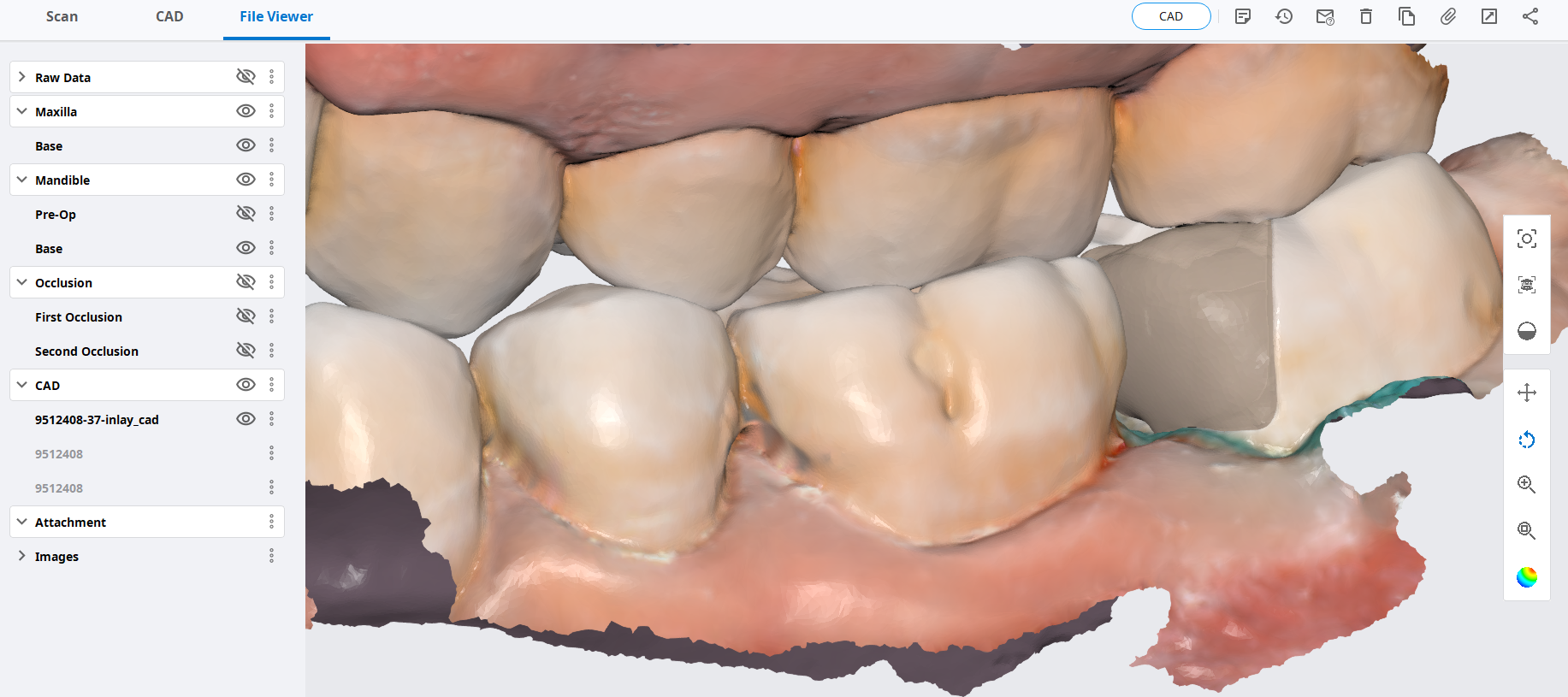
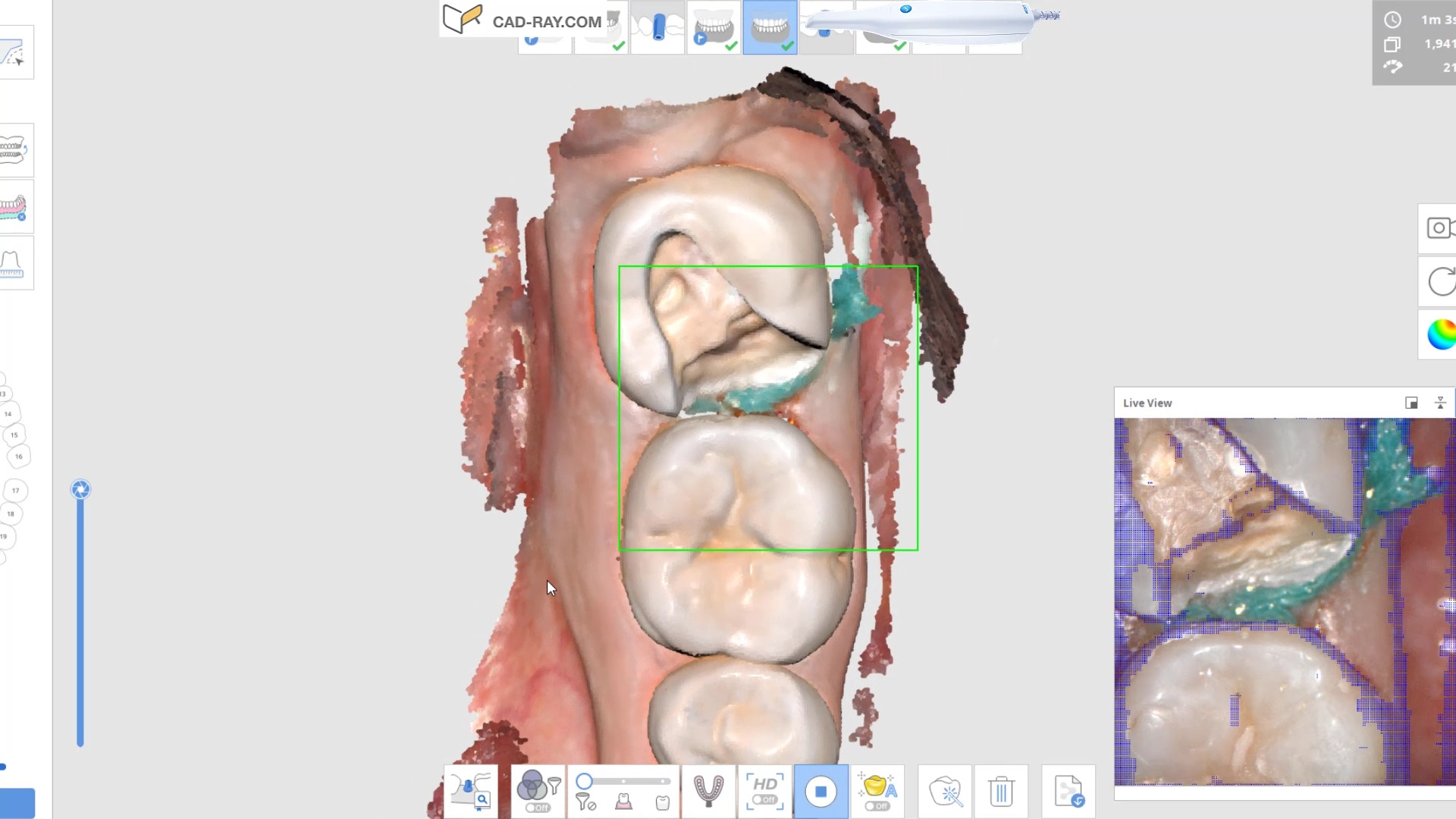
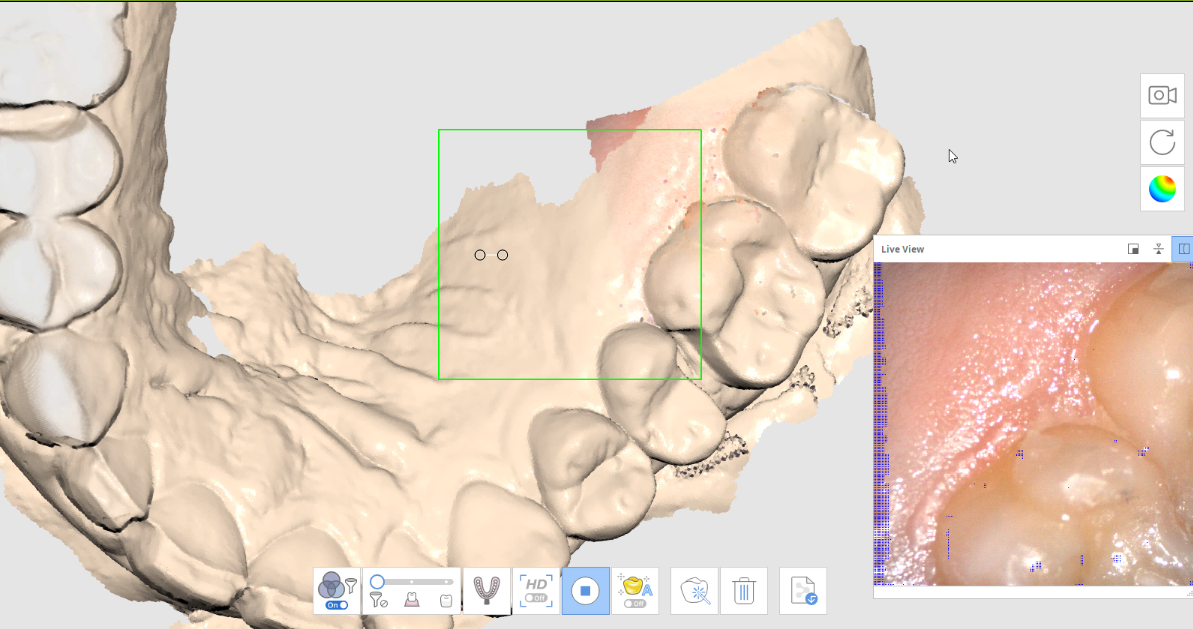
With Medit i500, there is an incredible feature where you can import a 3D model from source, even another scanner and be able to add live scans to that model. This is a first in the dental industry and has great impact for advanced users who utilize multiple models.
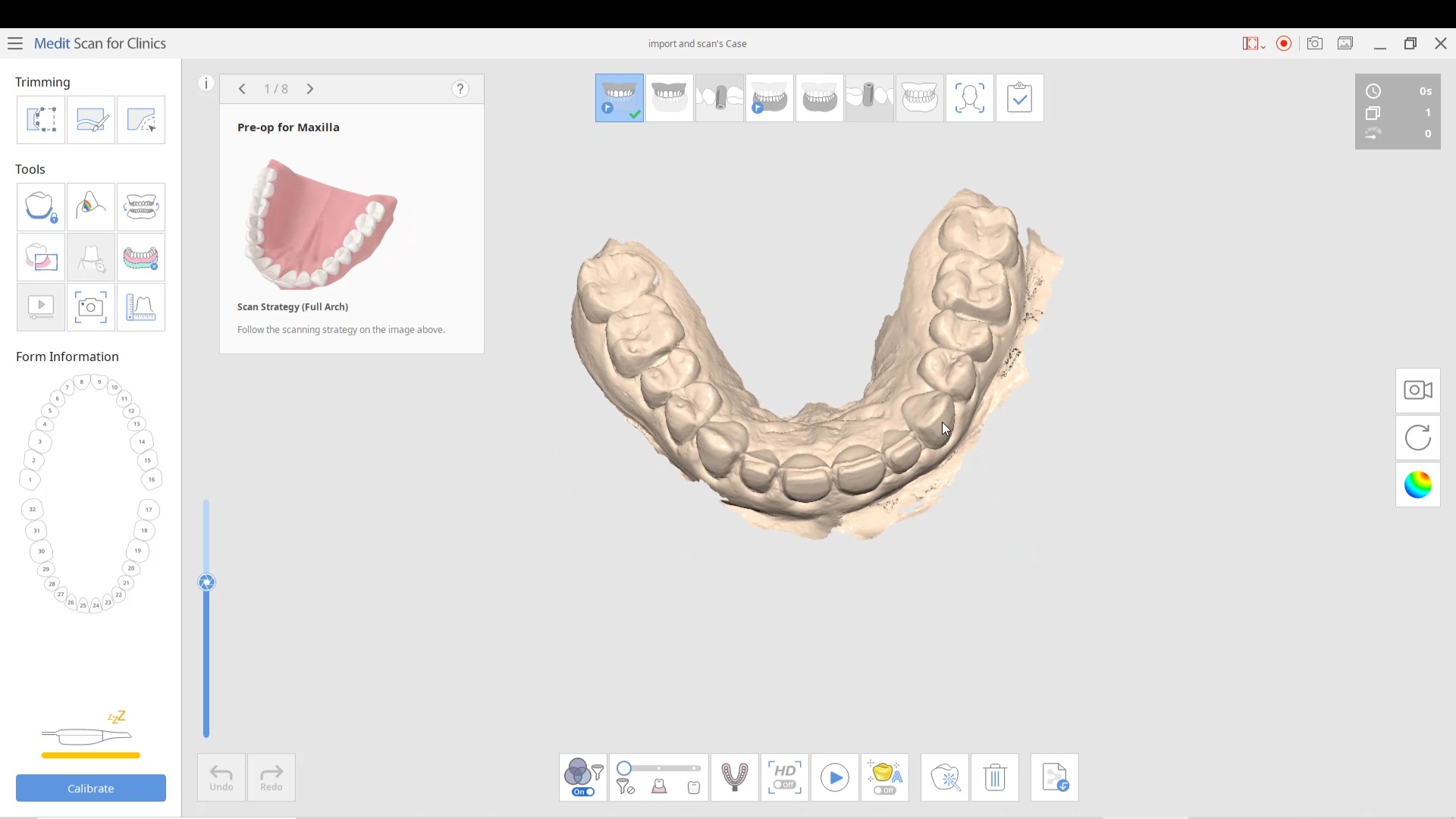
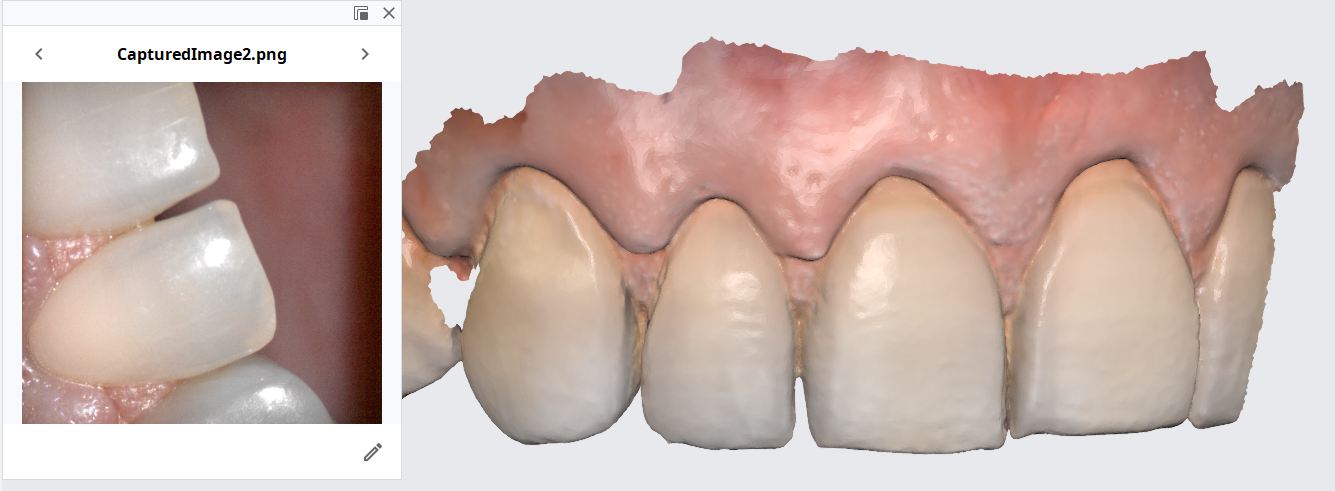
One of the most important lessons a digital dentist has to learn quickly is how to not introduce errors when scanning dentition. The most likely area when s/he can introduce errors is in the anterior area where the incisor are not only narrower than molars but can also have translucent enamel. Add just a little spacing between teeth with diastemas and you can quickly distort the accuracy of the model. This is true of ALL intra-oral scanners in the market
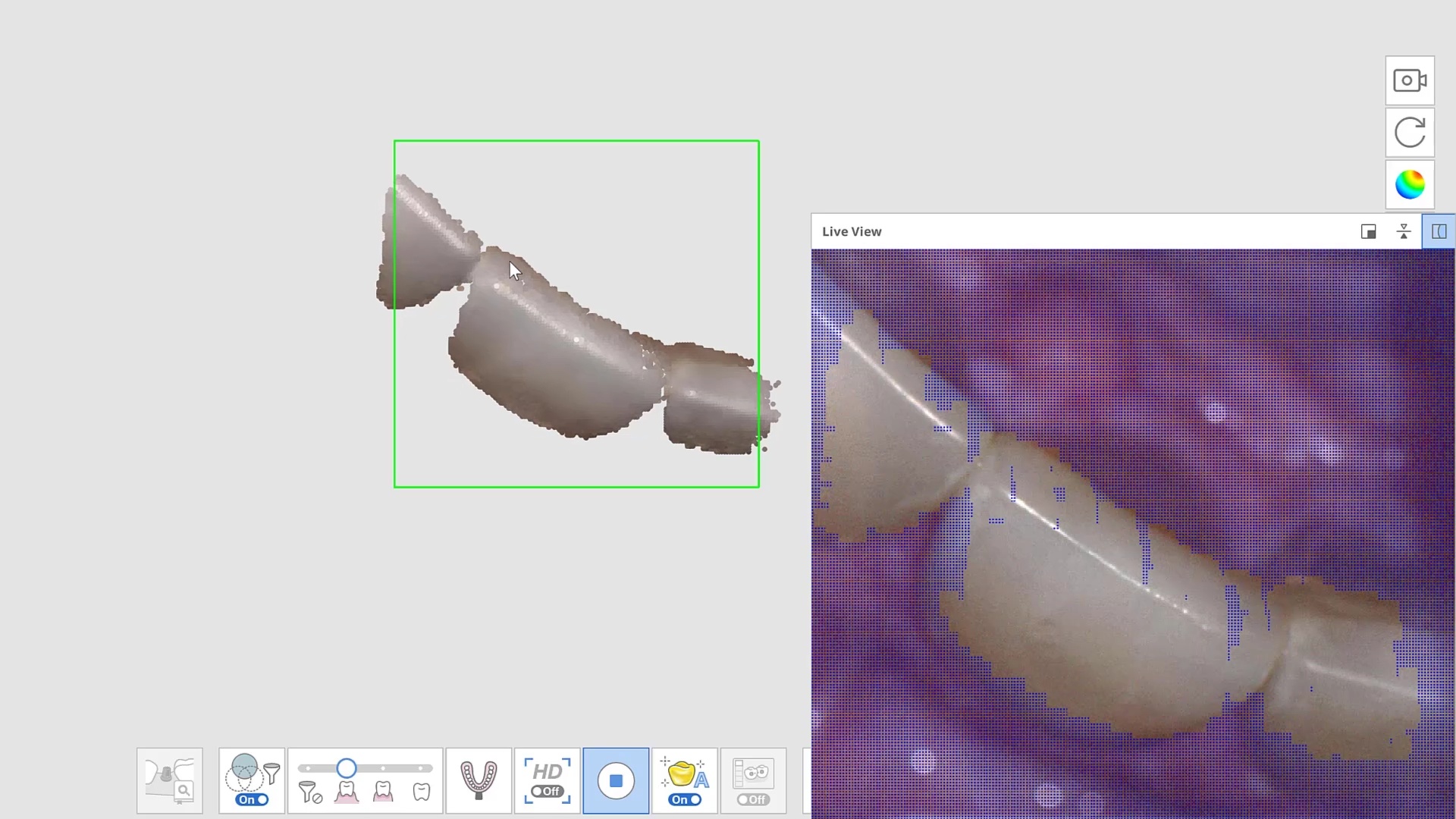
Here are some examples of how light shinning through the enamel and /or ceramic instead of bouncing back resulting in errors in model accuracy. Lesson #1 for every ios user is to know when and where they are likely to introduce error. in dentate cases, it usually is right that the transition from premolar to canine to lateral. The surface area decreases dramatically and if you have translucent enamel and / or material and / or highly reflective surfaces you can “derail” the model building. Here is an exaggerated demonstration
Translucent enamel can also play a role in distorting the cavosurface margins of a inlay or onlay restoration. When imaging from the occlusal, the gingiva below the margins acts as a barrier to block light transmission through the enamel, but as soon as you start to roll the camera to the buccal or lingual, and you have enamel with no substrate behind it to block light transmission, you can introduce errors in the equation with any scanner.
There are many ways to combat this which include powdering the tooth structure, using a rubber dam, or in Medit’s case, you can use the color subtraction filter. You selectively tell the scanner to ignore certain colors and you use that exact color (here, it is the color of the glove) to block light transmission through the enamel. So the software just ignores the blue, but the light is prevented from shining through reducing the errors you would introduce.
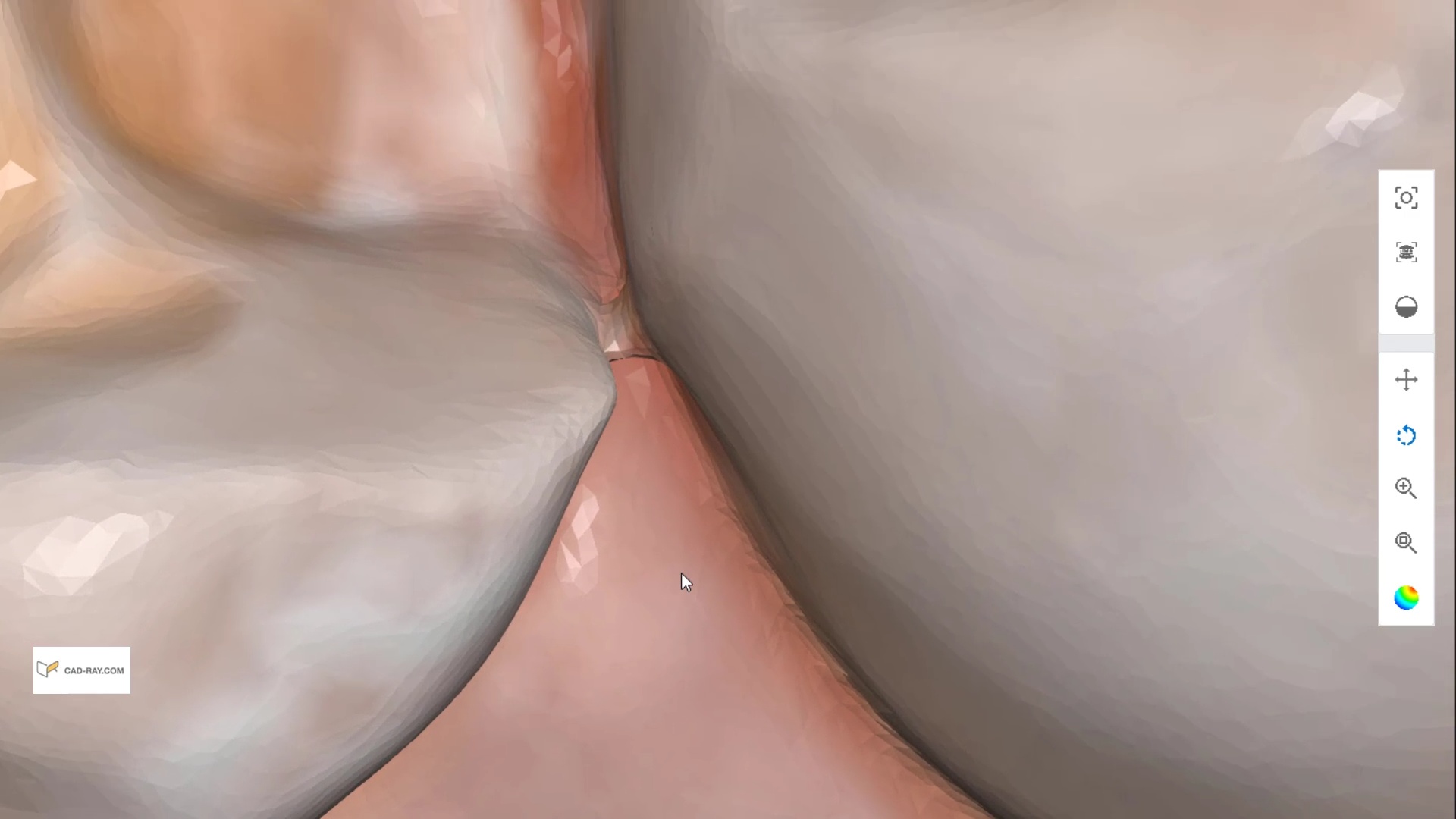
Here is another example of the distorted enamel margins on a conservative preparation and how blocking out the light from travelling through the tooth structure leads to crisp visualization of margins without any distortion or artifact
can you explain why we see blurred margins and artifact/distortion between the 2 centrals while in the second image the…
Posted by Armen Mirzayan on Sunday, March 6, 2022
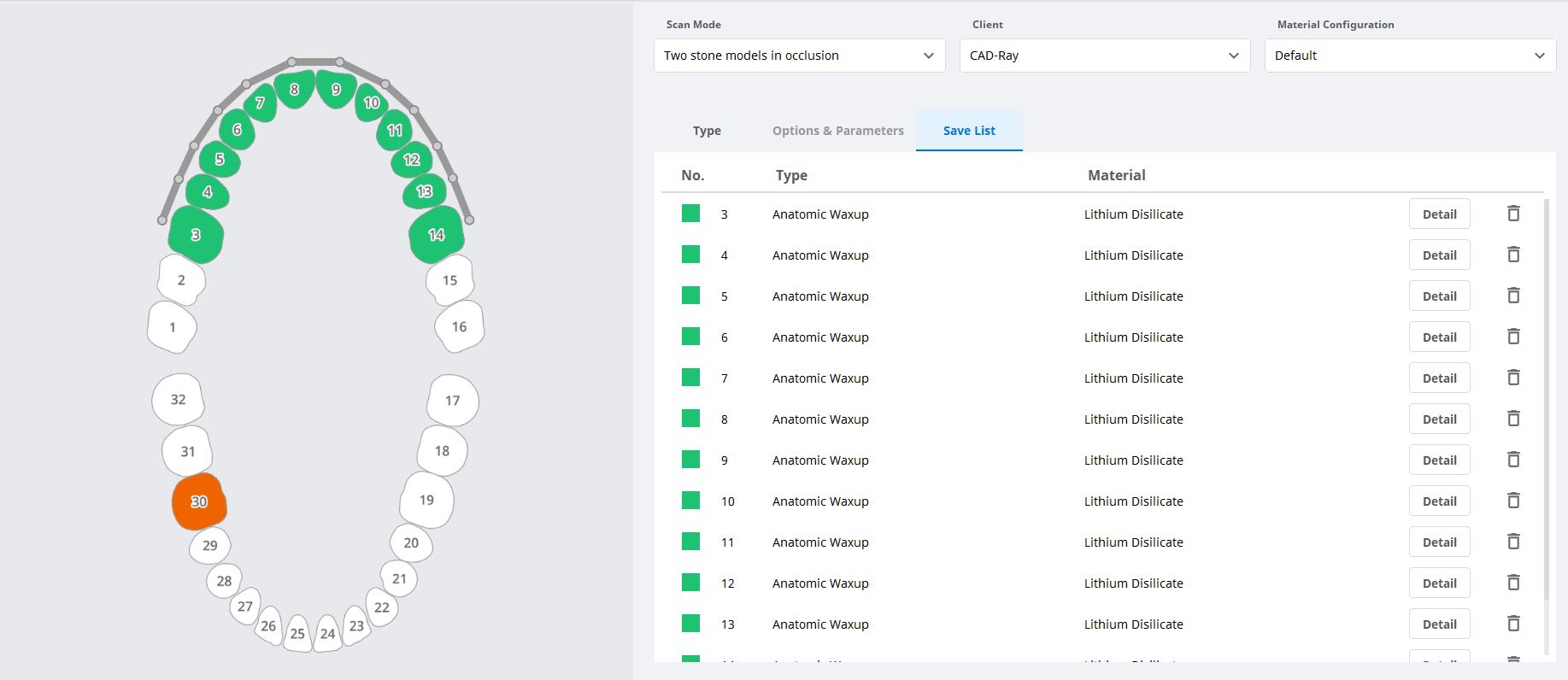
For advanced users of meditlink software, you can skip filling out the Rx form and go straight into scanning. But make sure to properly fill out the CAD Rx form so that all the necessary models are imported into the design software. If you don’t designate the opposing or the Pre-op / Wax-Up in the form, they will not be part of the design equation. Also, this video shows how to select multiple restorations at once.
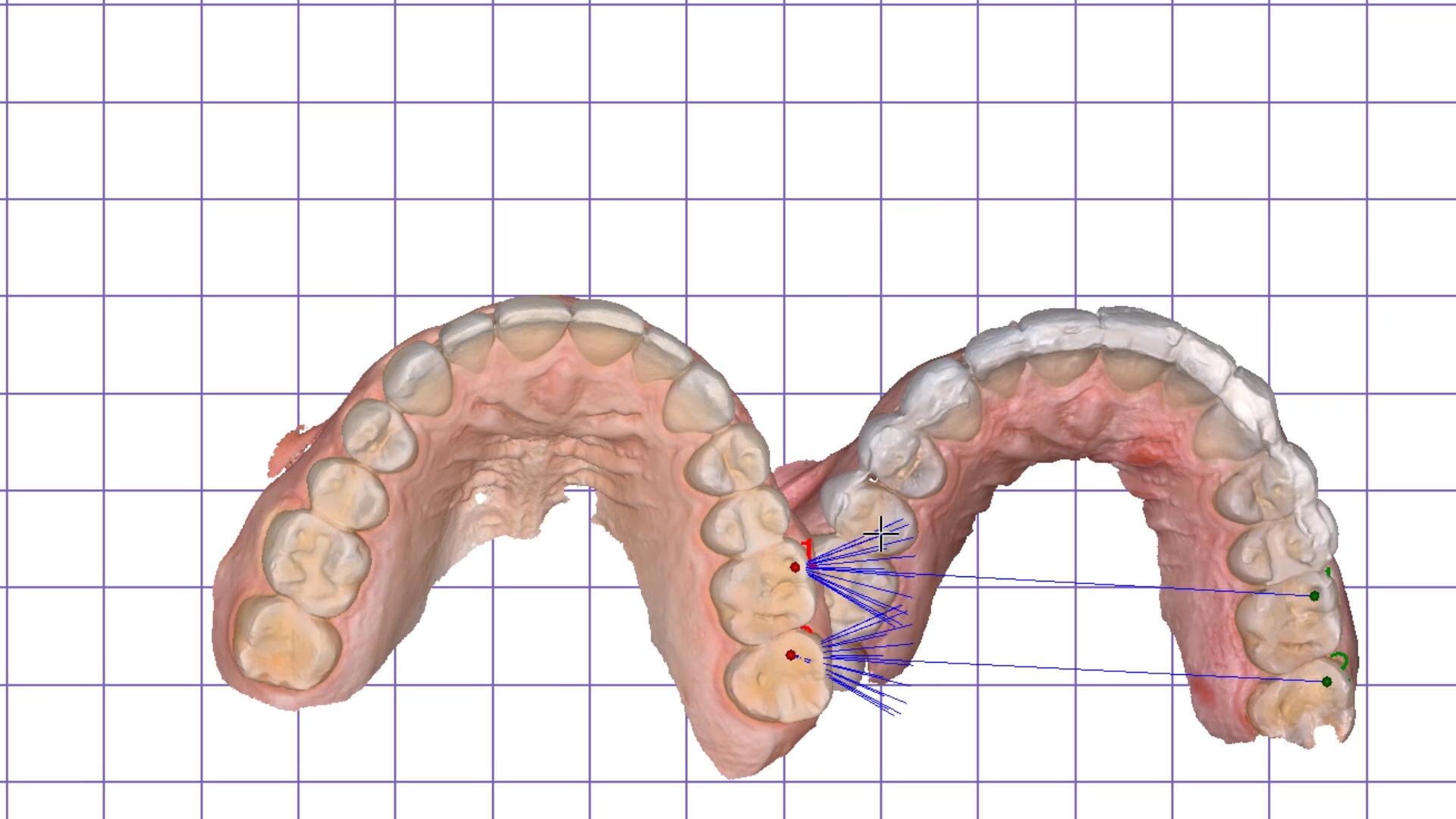
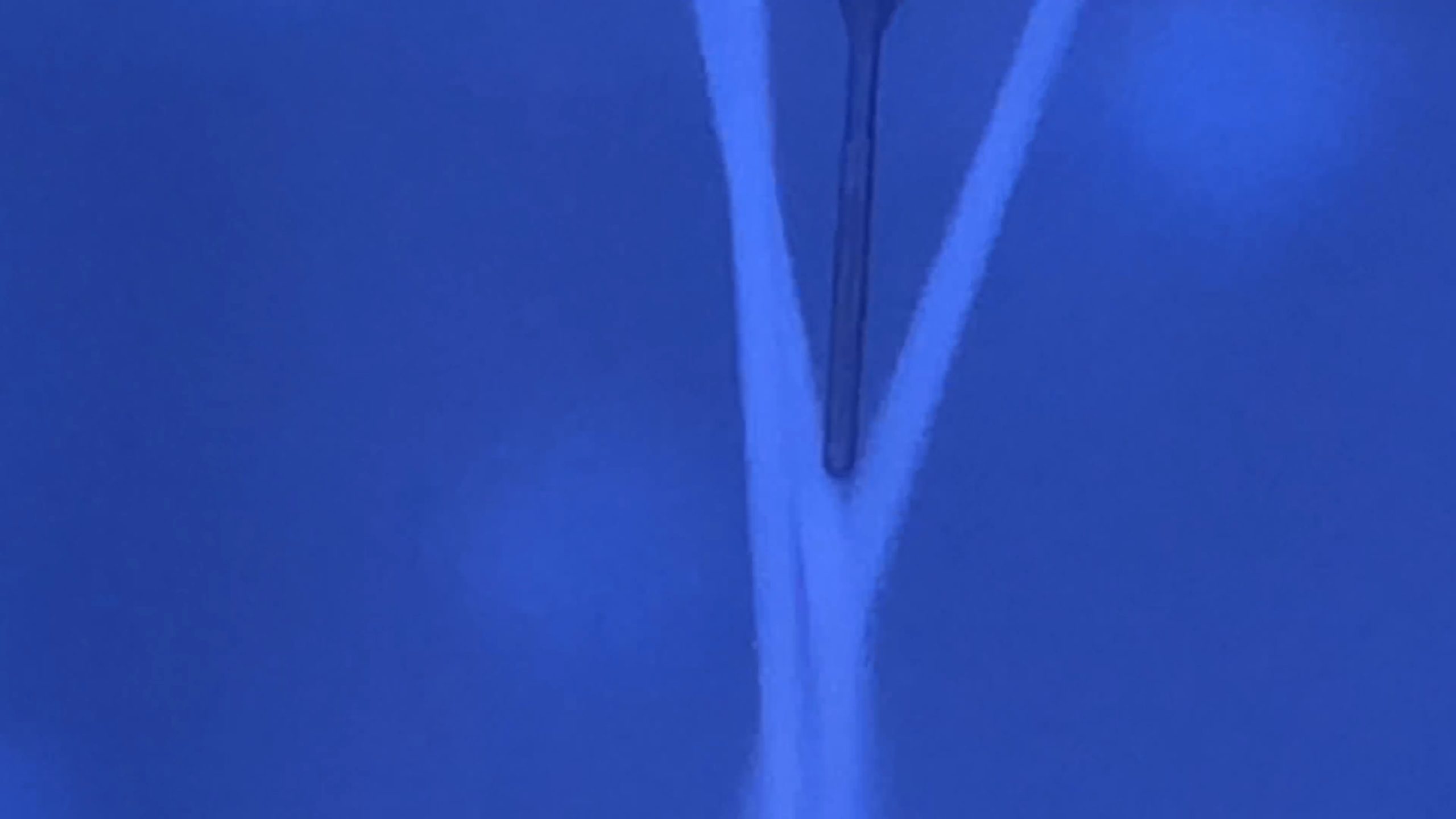
A good maintenances practice for any milling machine is to check that the tip of the drill is getting adequate water, otherwise you may see sparks flying as you are essentially dry milling material that is not supposed to be dry milled leading to drill and block breakage. We recommend that you run the water for a minute or two at the start of the day and check and make sure the spray is right on the tip of the drill. A simple ortho wire can help unclog the ports and redirect the water spray to where it belongs.
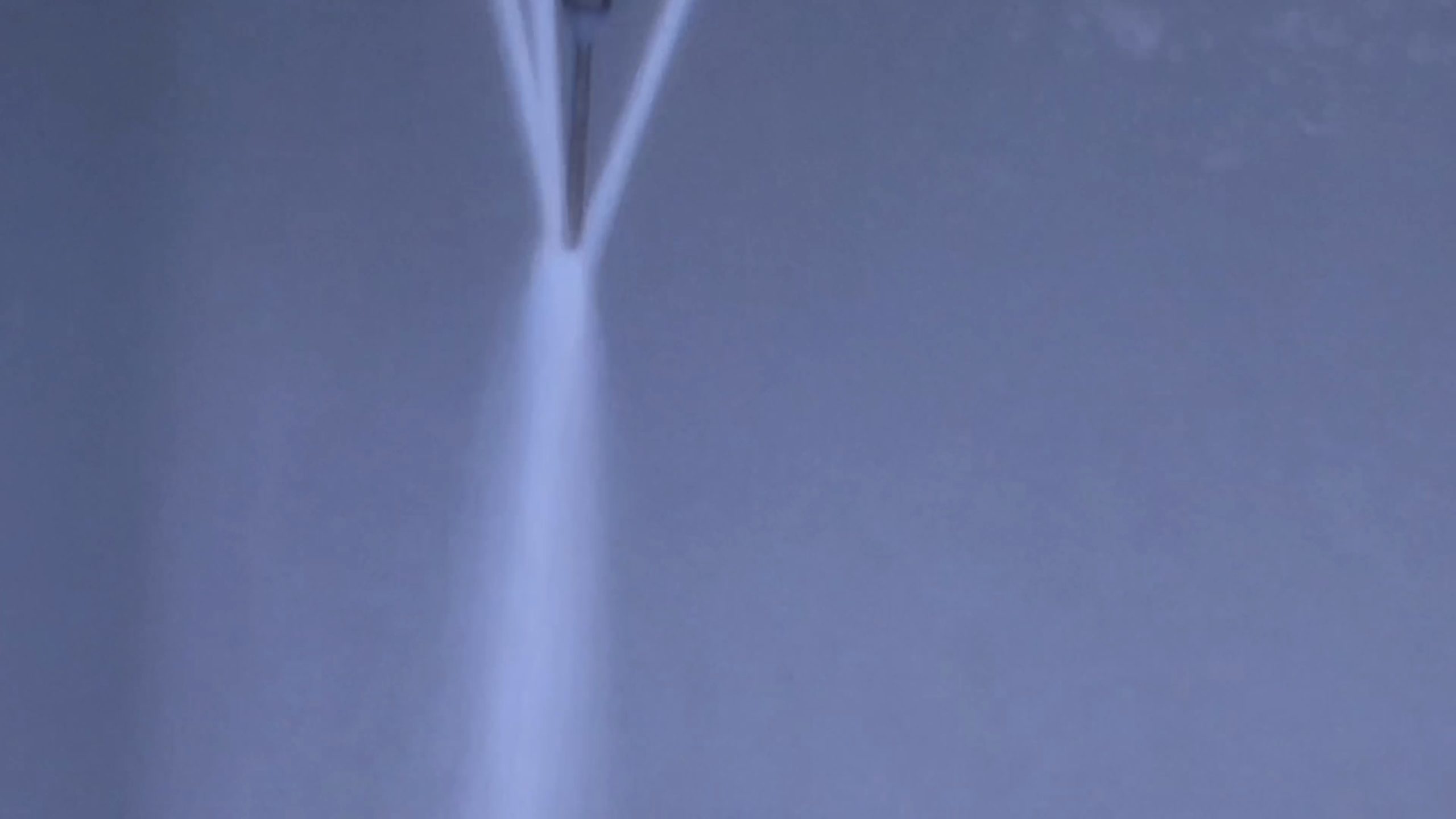
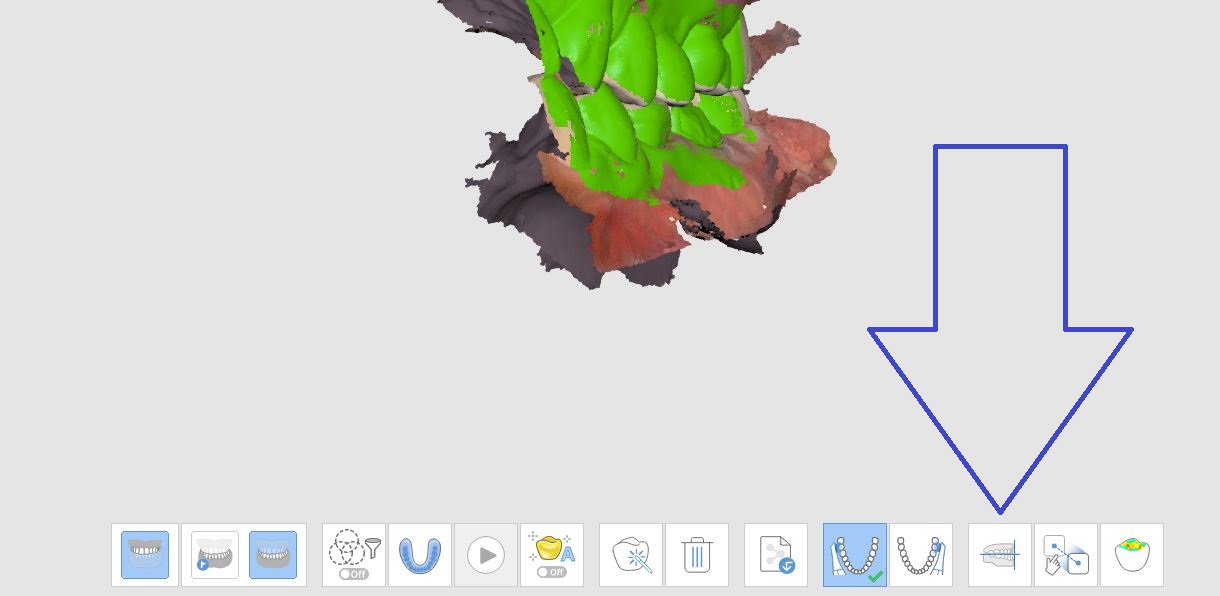
Setting the occlusal plane in the native medit software will allow for much nicer initial proposals in the CAD software
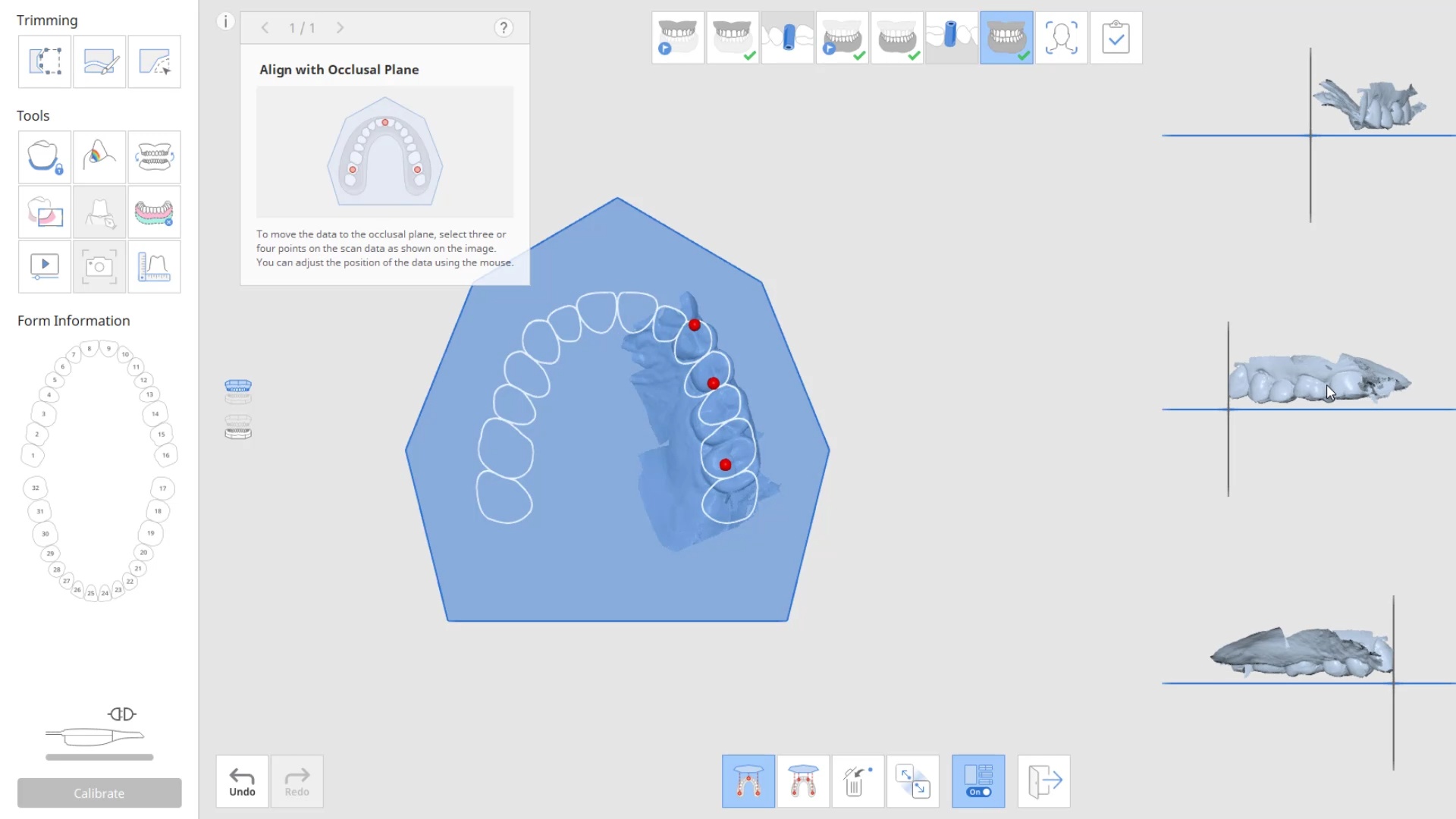
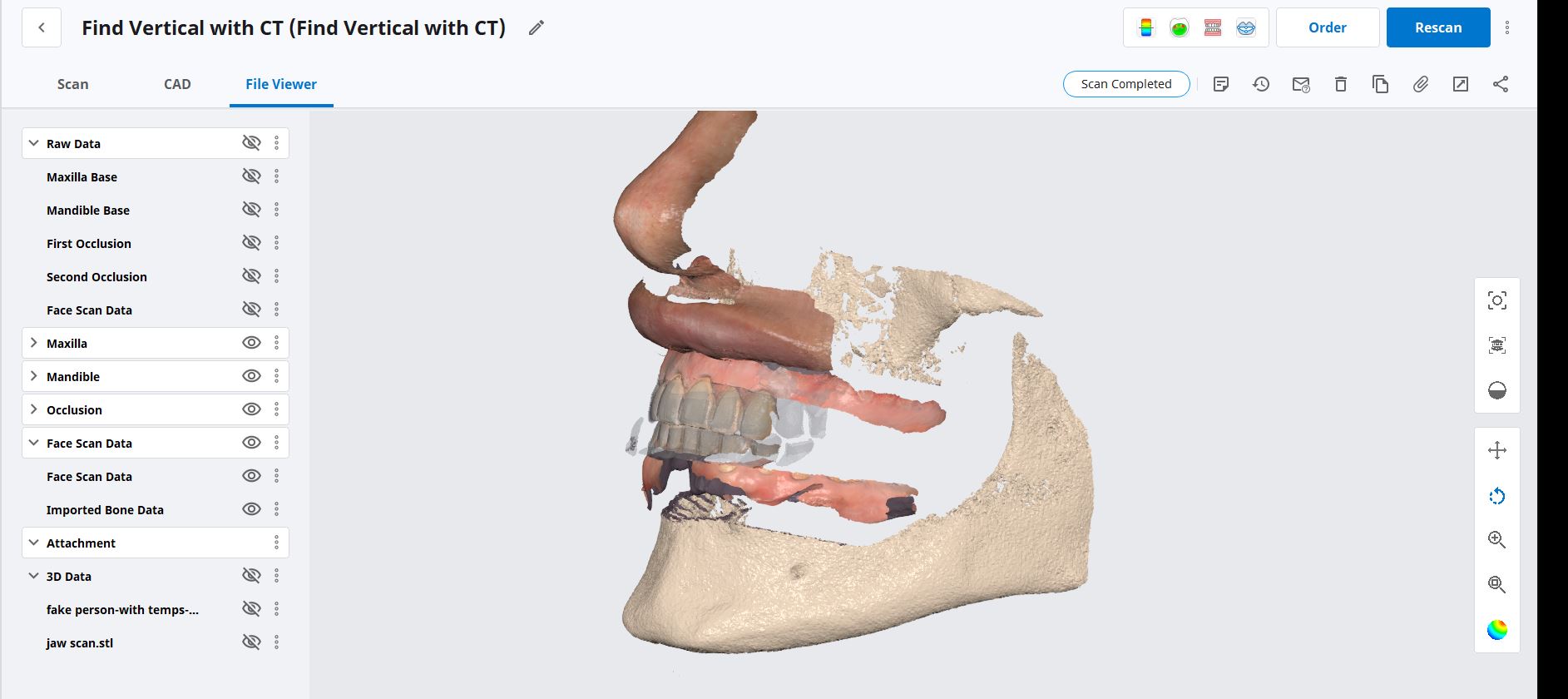
At CAD-Ray, we have now designed over 20,000 implant cases since 2013. One of the most common requests we get is from doctors doing full arches and their desires to reduce the conversion time. A simple thought to keep in mind is that A LOT can be derived from the actual implant plan, even if you don’t do the surgery guided. You can extract the digital implant positions and fabricate temps and based on your level of experience, your conversion / temporary time can drastically reduce.
Another very helpful matter to keep in mind is a concept we preach a lot at our courses. It deals with relating models to each other, both automatically and manually. This can be a CT scan to an intra-oral scan, or a pre-op to a post op. You just have to find redundant landmarks for the software to merge the models together. One thing to keep in mind, particularly with the Medit i500 is that when you merge models to each other and process it, their relationship to each other is preserved.
There is a lot of benefit that can be derived from that. For example, in this video, we have the dicoms converted to surface STL’s which is very easy to do. We also have the intra-oral scan merged to that stl file. You can digitally extract the teeth and do bone reductions, and if you are ever in a bind where you lost track of the vertical dimension, you can use the jaws as the means to related the preop to post-op. Or you can even use the nose if you are really desperate.
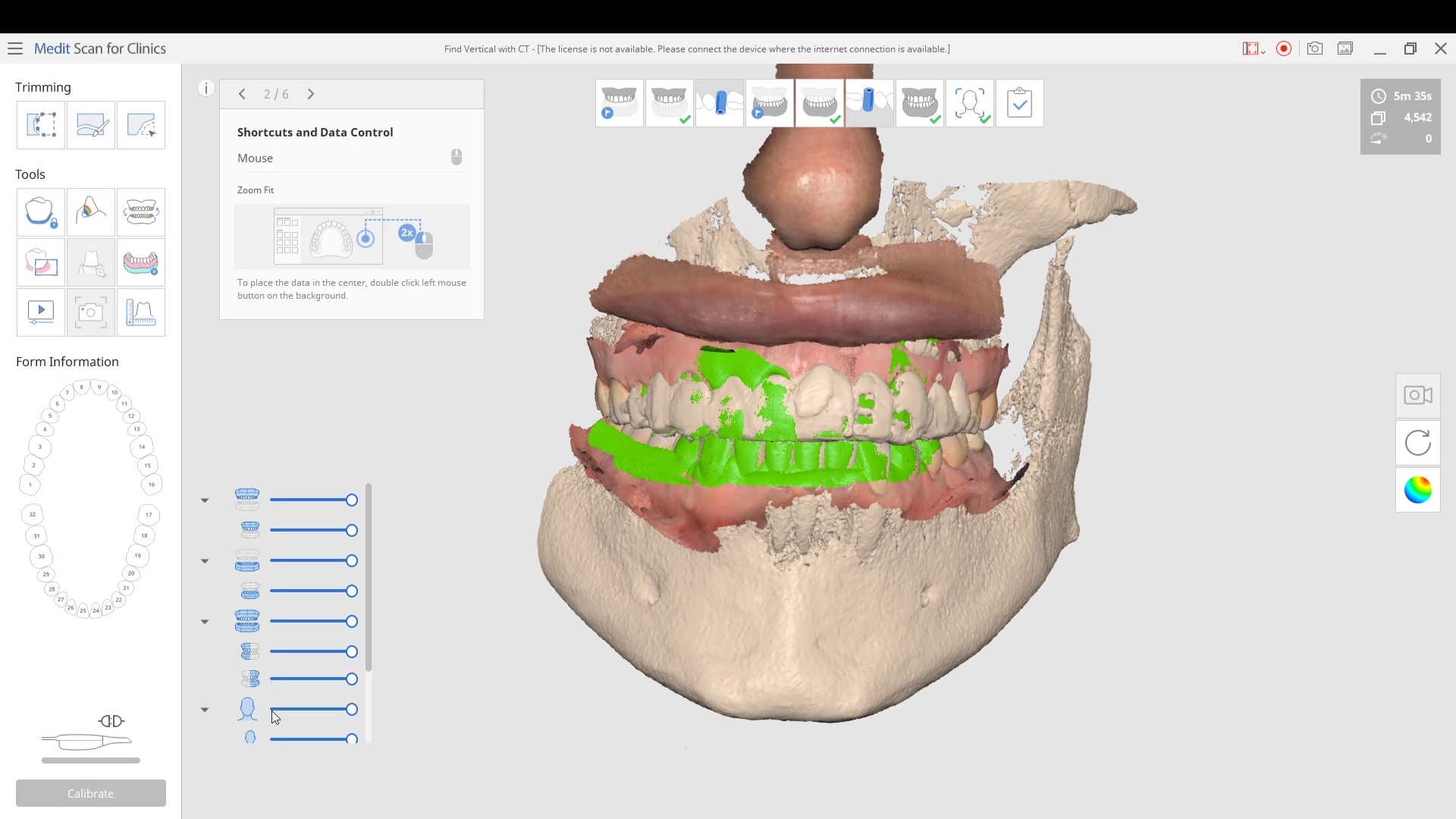
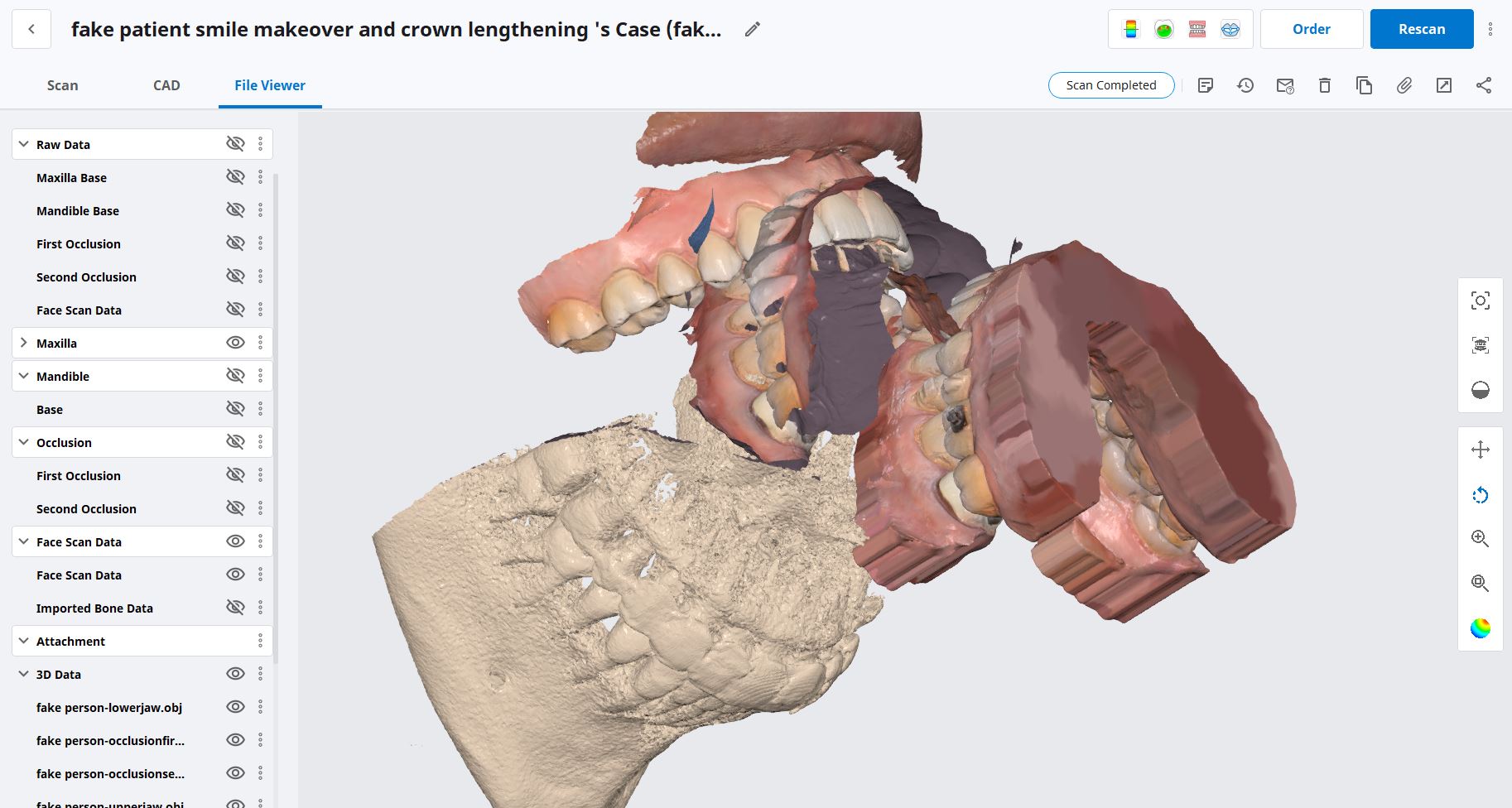
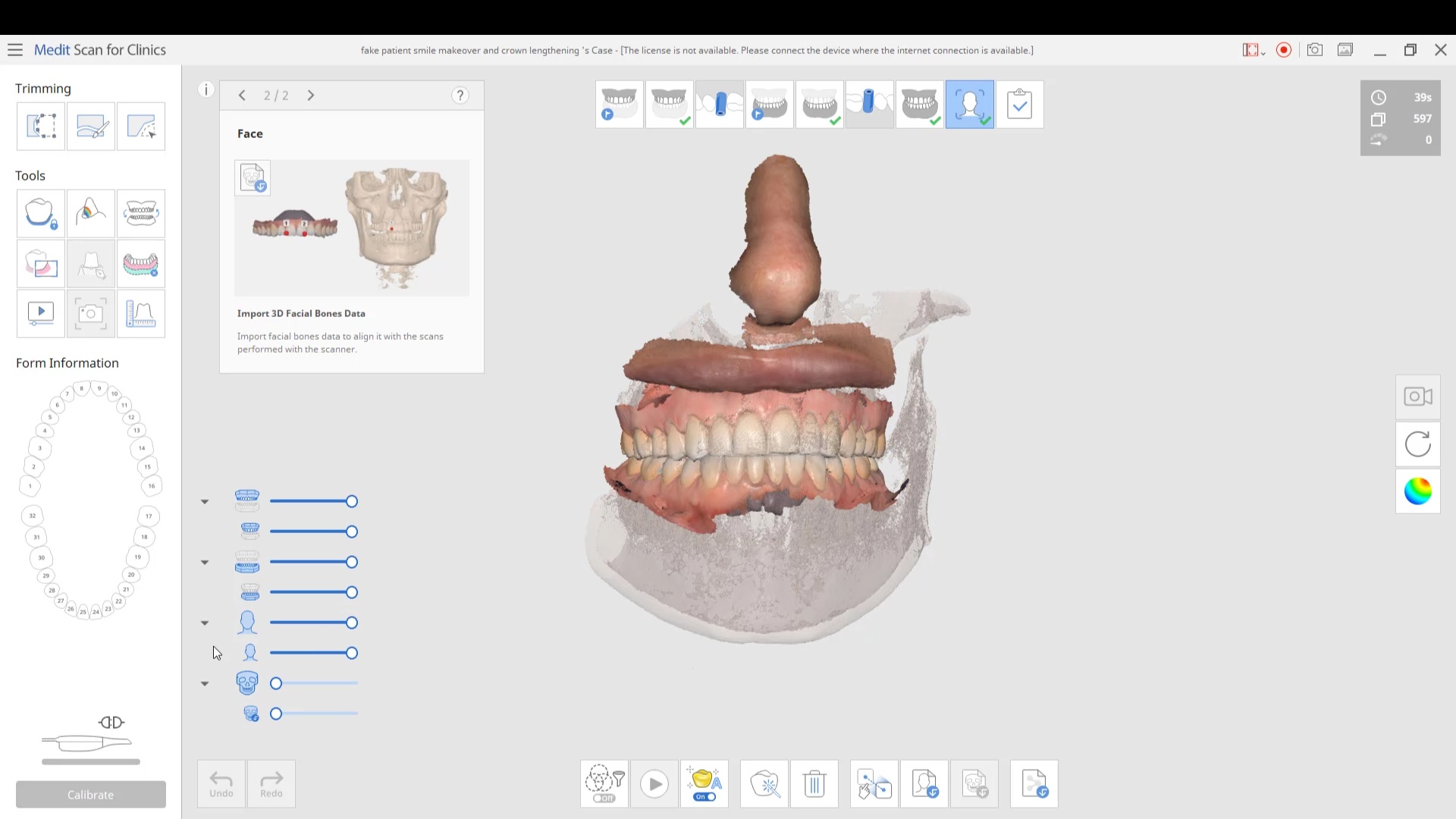
in this case we import multiple models, videos, CT scans, and Face Scans so that our users can utilize all of these features. Click here to enter the member’s section to download the whole case and design along
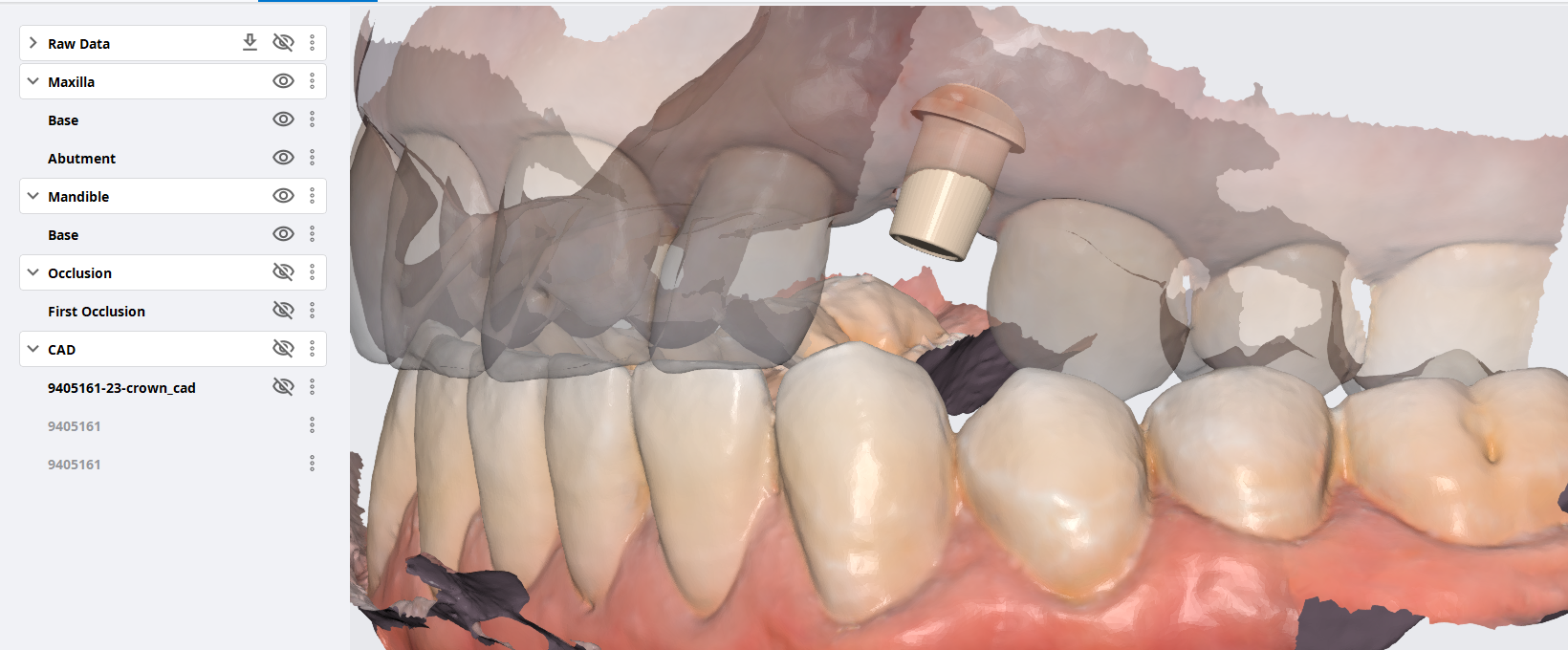
here is a list of why the Medit Artificial Intelligent Implant Suprastructure Identification System is significantly more advantageous over all other cadcam systems.
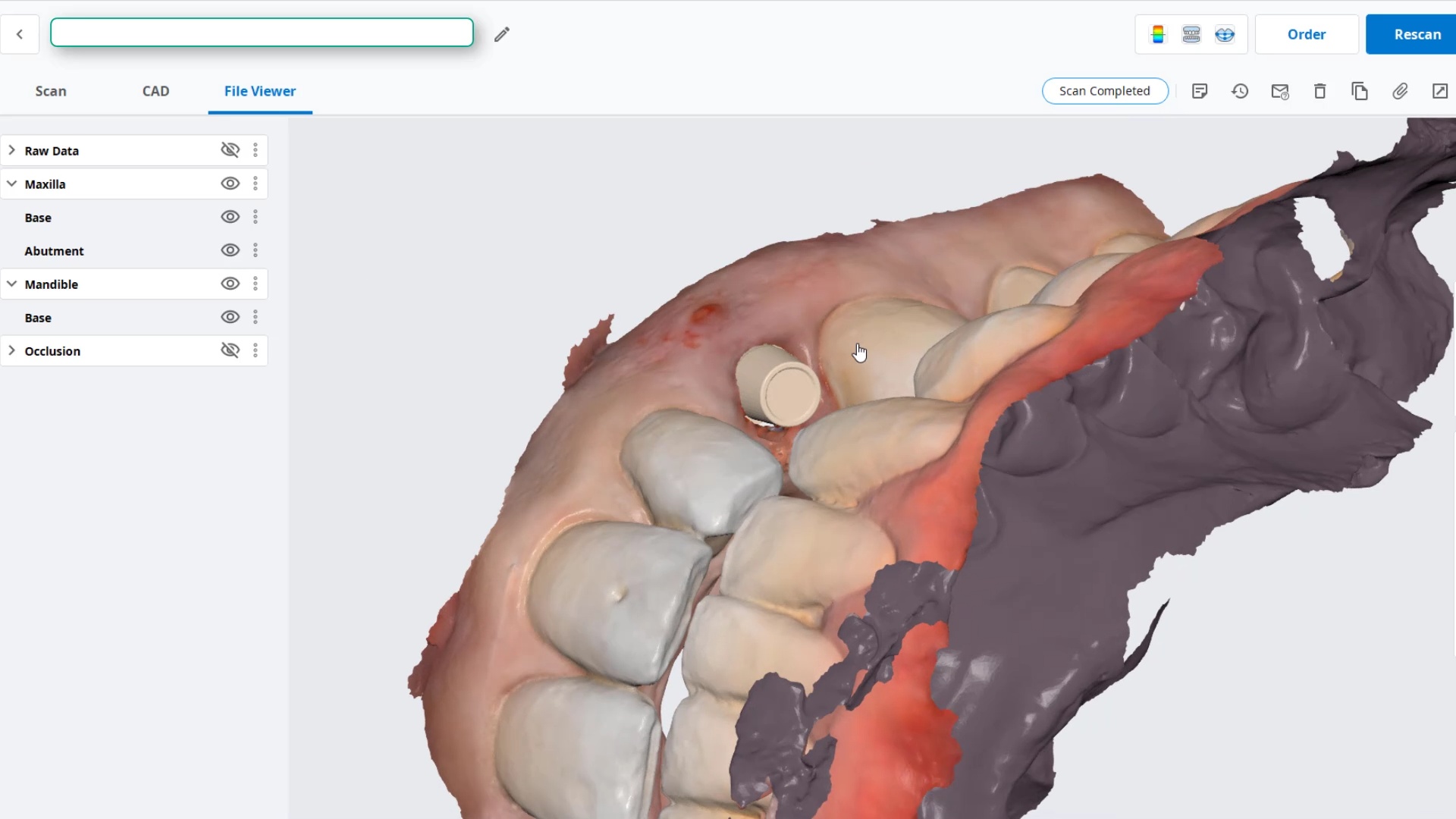
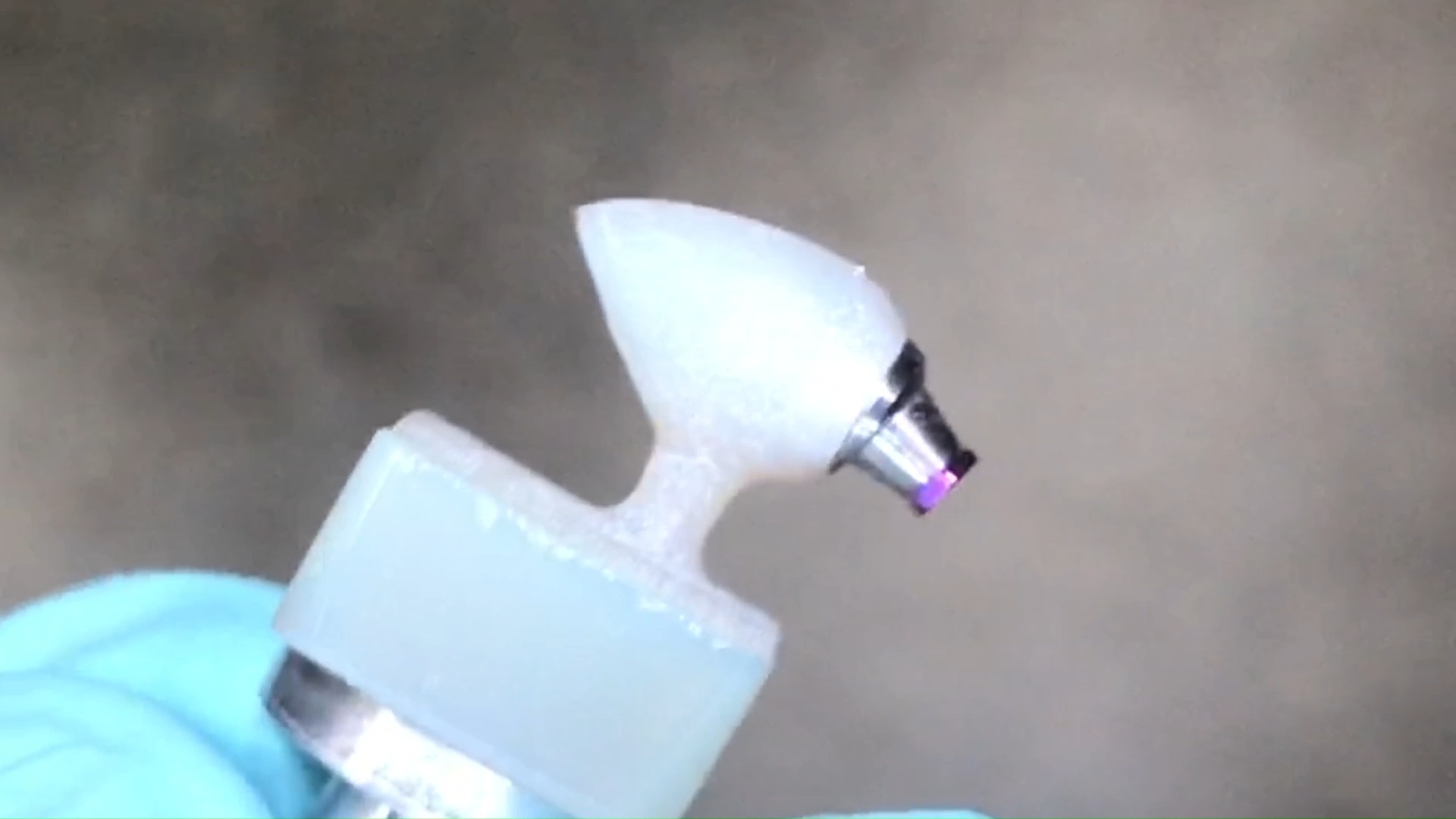
With Medit’s Crown Fit function, you can see exactly how much cement is required to seat the restoration and how well it is adapted to the tibase.
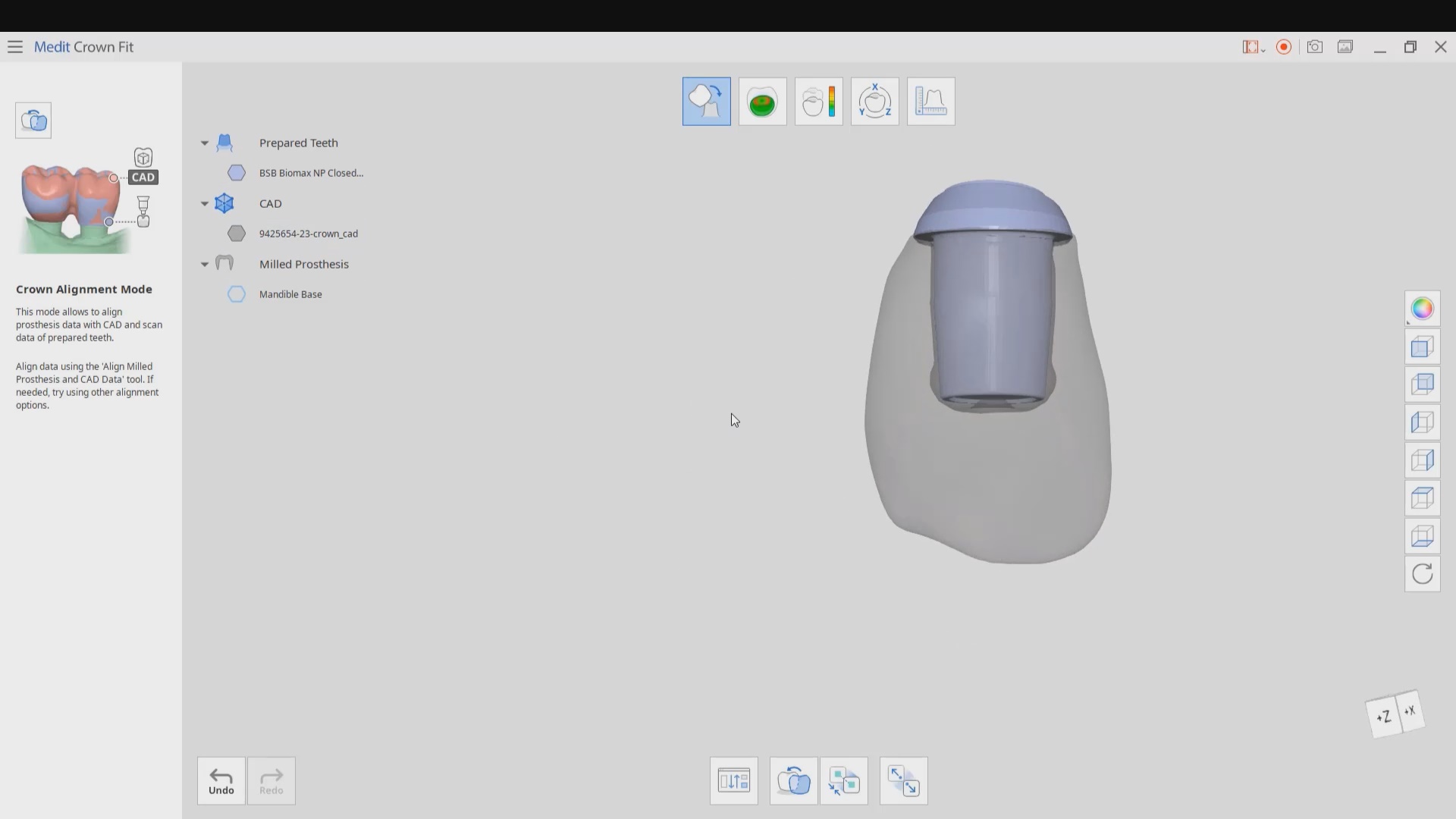
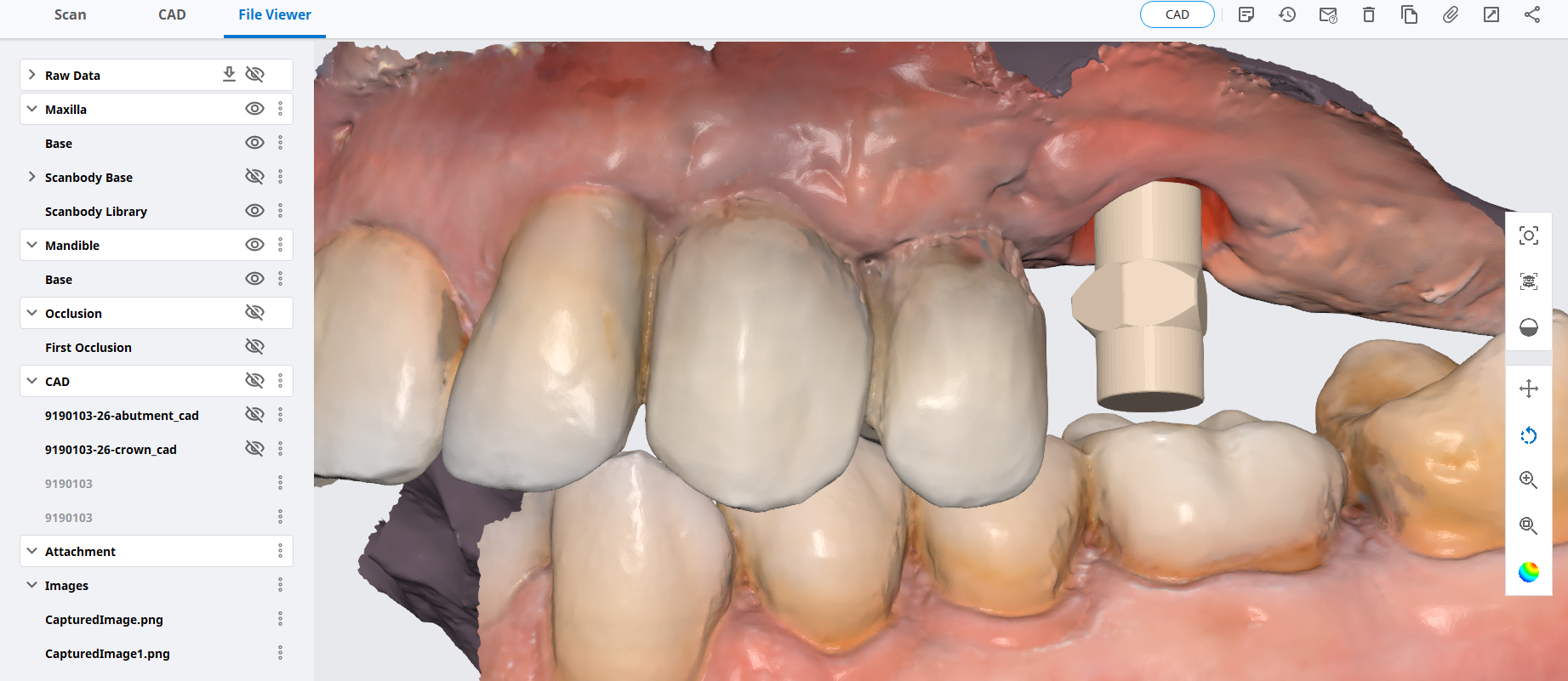
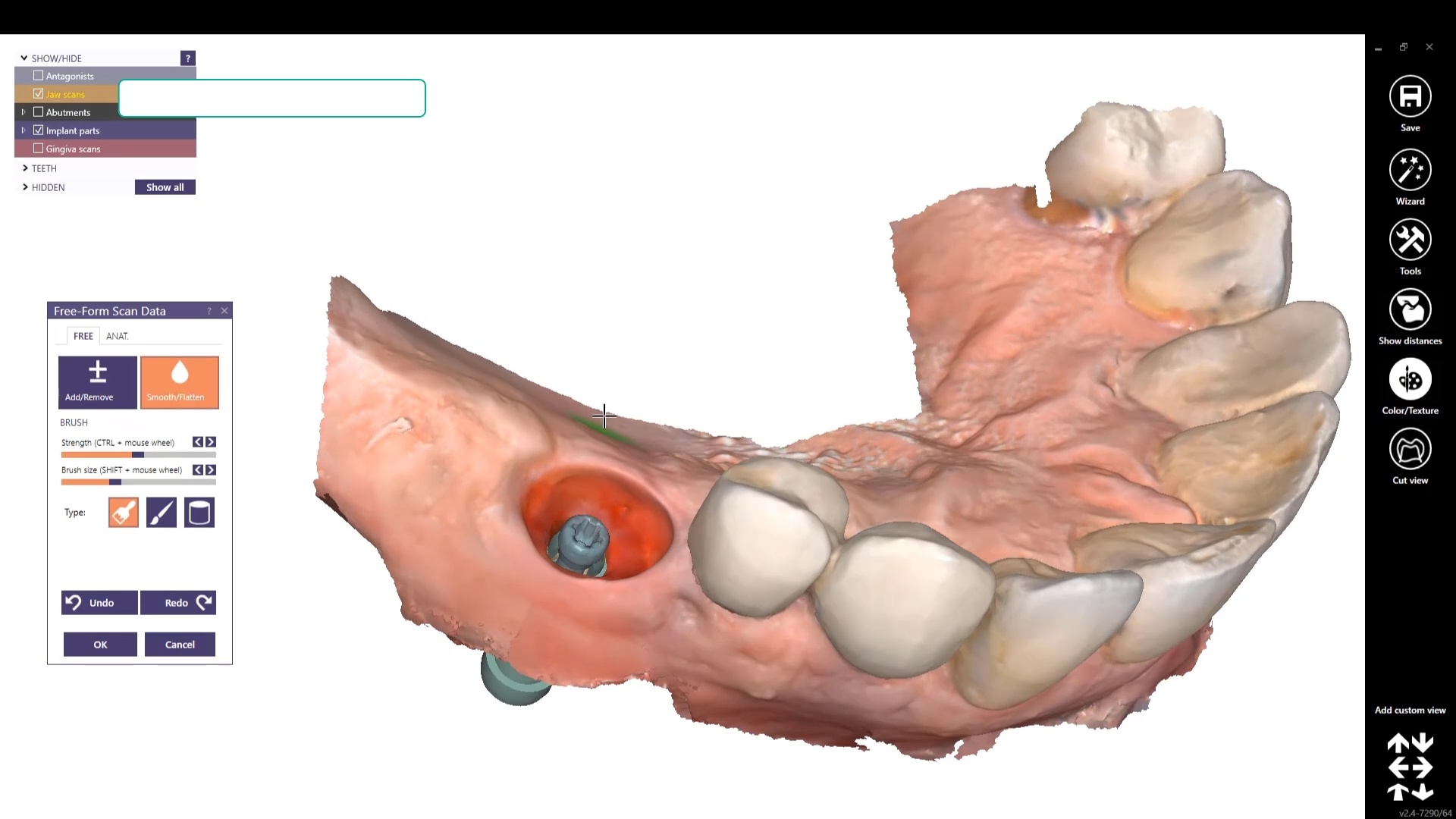
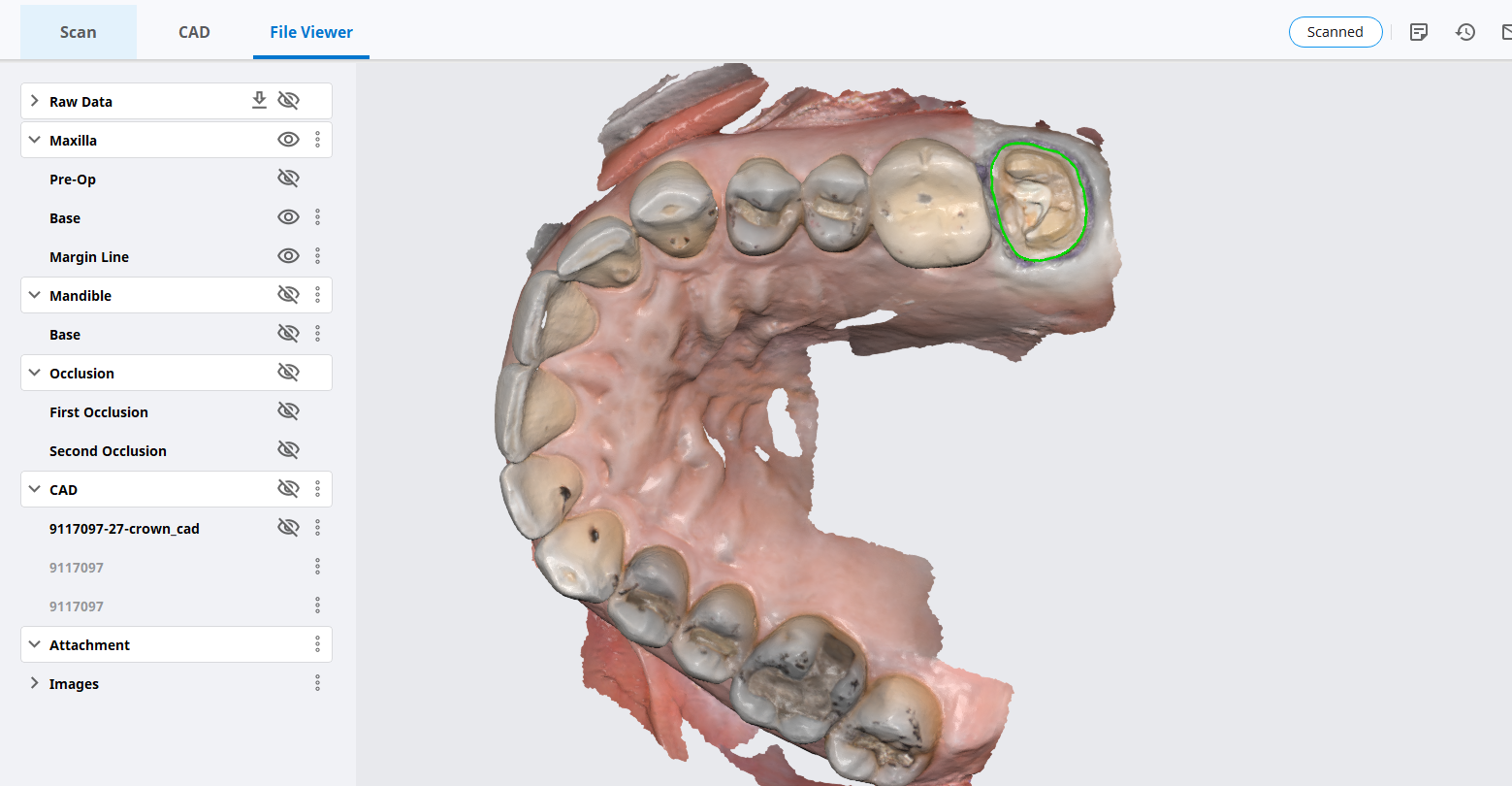
This article features the new Meditlink 2.3 software which has some advanced functionality. One of the greatest achievements is he ability to tell the scanner to avoid imaging certain colors like green and blue. This greatly facilitates the imaging of full arches as you can let your gloves / fingers guide the camera and displace all the soft tissue that impedes image capturing. We also feature how easy it is to launch CAD software to design the restoration and mill it out of lithium disilicate material
Case set up: here we enter the patients name and a simple tab appears where we chose the material and restoration tab. Once you image, you can place an order to the lab or you can advance to the CAD tab:
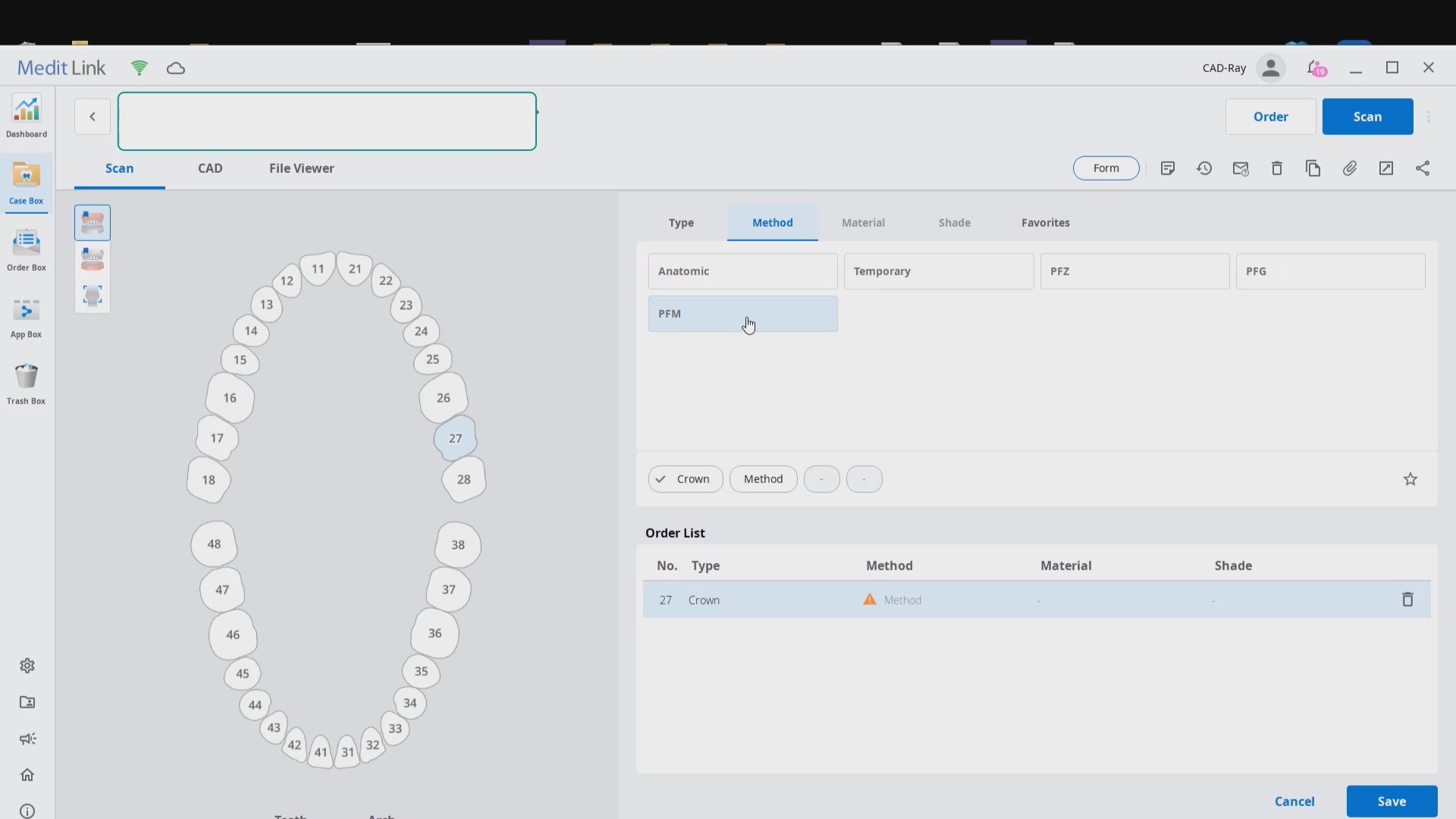
After the Rx has been filled out, you can launch the Medit Scan and image the upper and lower arches. Please note how we tell the camera to avoid the color blue and it ignores the clinicians fingers during imaging. The upper jaw and lower jaw were captured, then the bite registration even before the preparation was finished. This allows the verification of proper reduction and space for the ceramic material
Lower Arch Scan
The lower arch is the most difficult area to scan as you frequently have to battle the tongue, saliva, and the lips. The optragate can be of great help but notice how we use the color filter to hide the blue gloves while we advance the camera. It is a great aid in facilitating the capture of the lower arch
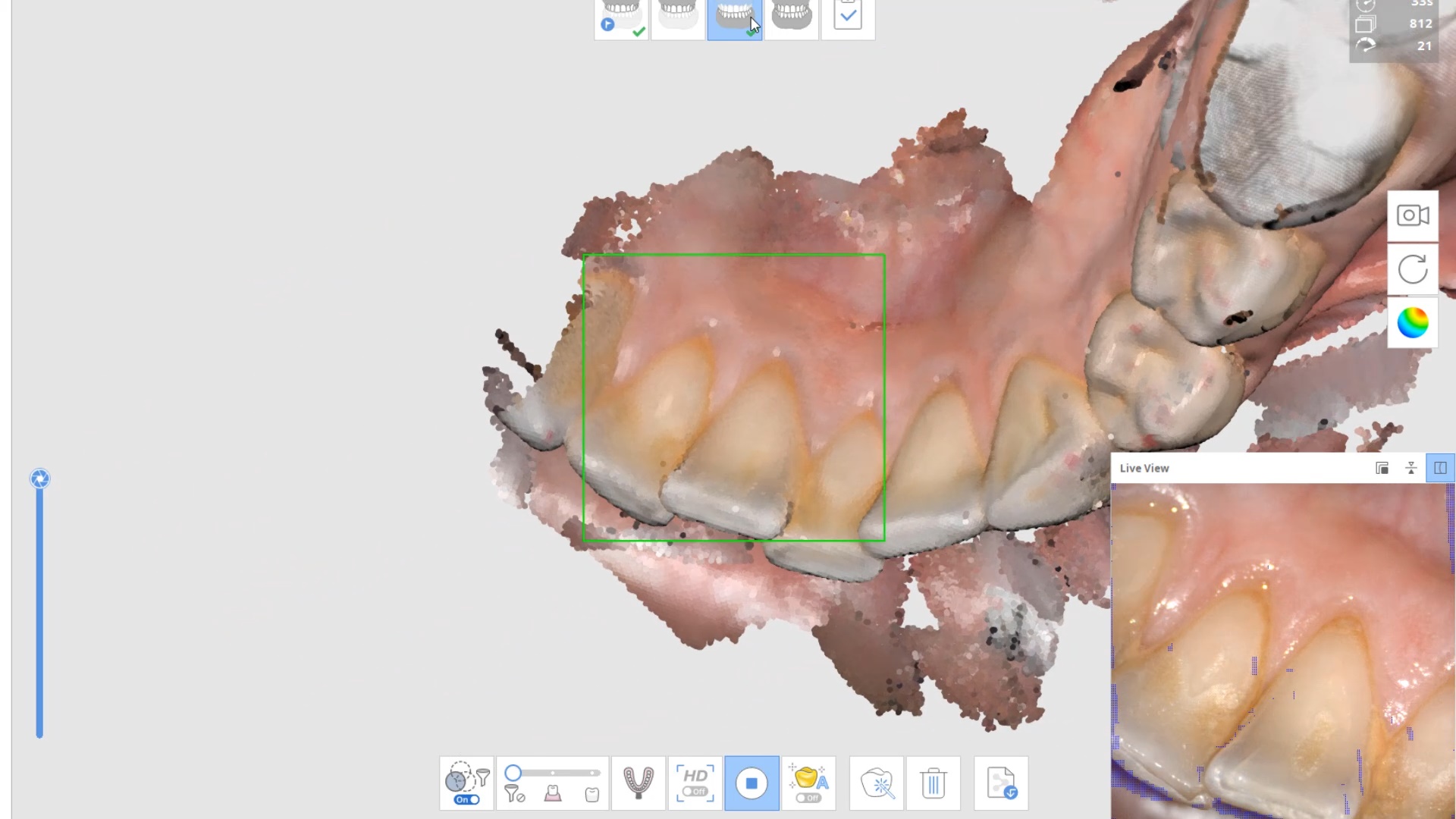
Upper Arch Scan
The same principle is applied to the upper arch. Notice that the software does not care if you start with the upper or lower arch. Here, you can visualize how the blue glove was used to displace the cheek and capture the pre-op condition of the upper second molar. The rest of the arch was easily imaged. It is not necessary to capture full arch impressions and this was done just for demonstration purposes. For a single unit case, generally imaging distal from the canine is adequate.
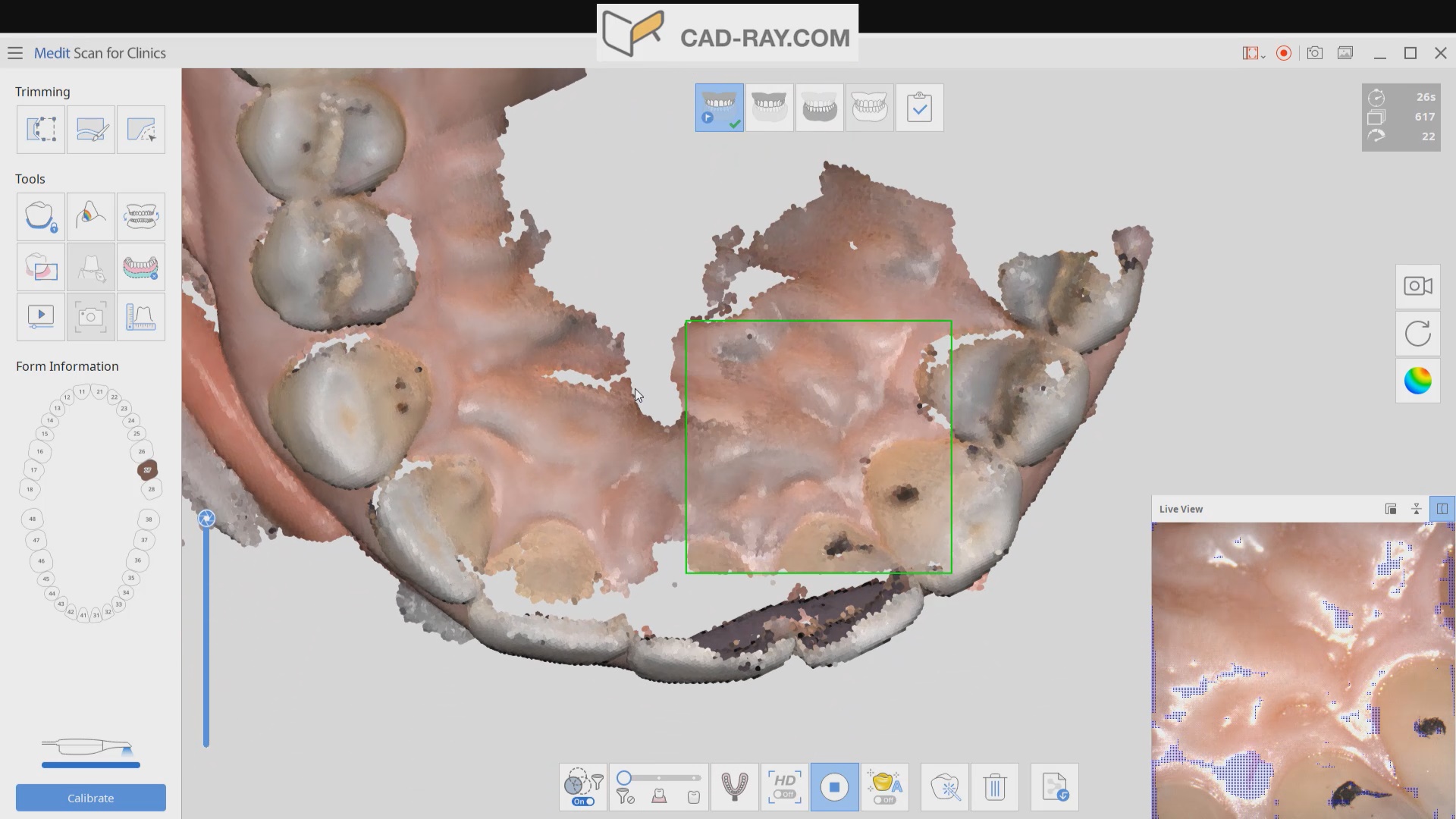
Checkingthe reduction and aquiiring the bite registration
We recommend that you capture the bite before you finish imaging the preparation. This gives you one last chance to verify that you have reduced enough to accommodate material thickness. You can see how we just take regular photos to document the lack of clearance and we continue to adjust the height of the preparation until we achieve the required space. We then activate the imaging process and capture the occlusal relationship between the upper jaw and the lower jaw
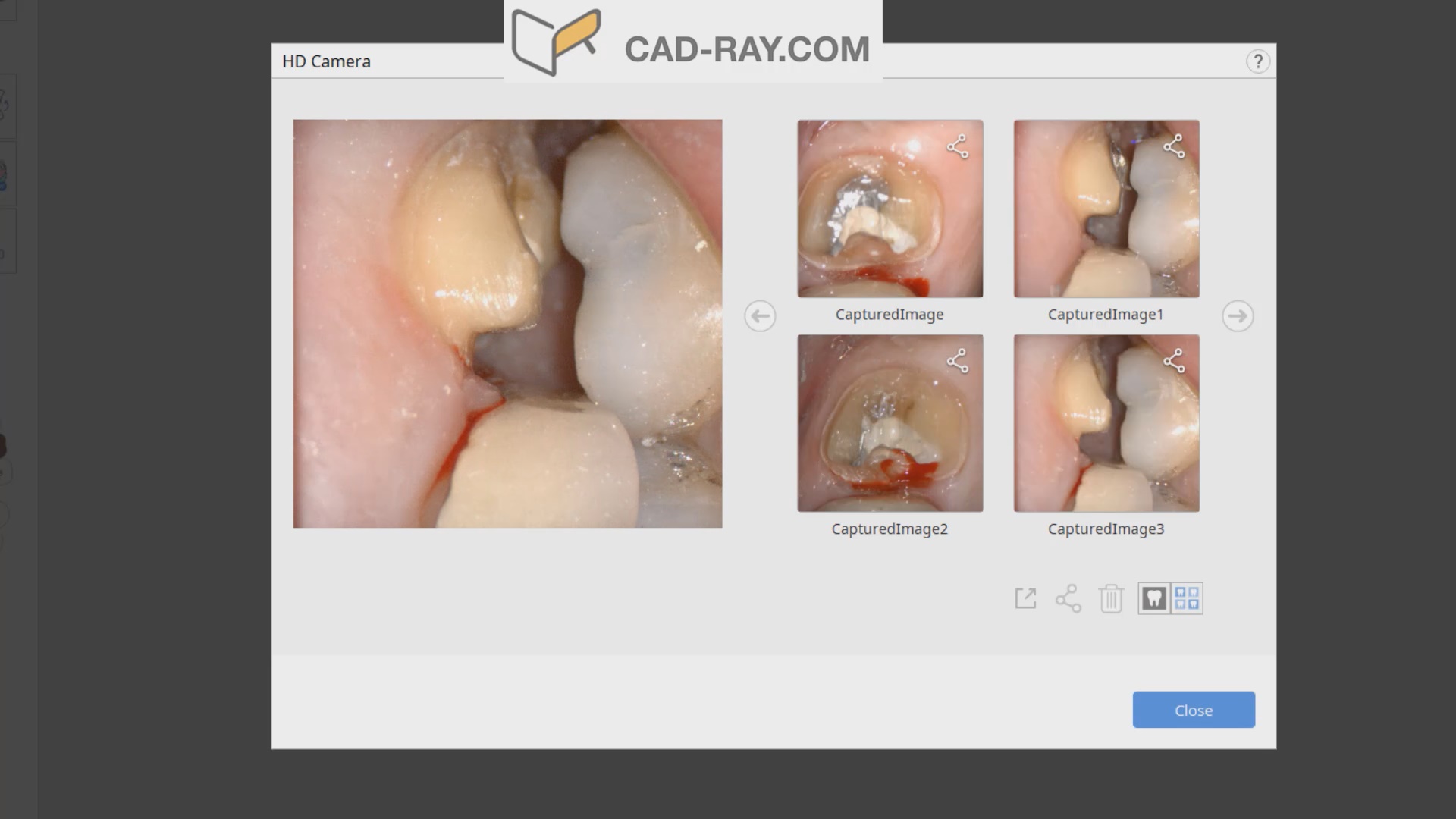
Image the preparation and place margin in native MeditScan Software that transfers to CAD Software
The preop condition is then transferred to the arch model and the tooth in question is cropped out. The rest of the arch is protected so no extra data is added unnecessarily to the equation. This protect feature is used for demonstration purposes and is subsequently removed. The prep in question is then highlighted and the local area is processed and the margins are placed. This margin line can be sent to the lab or it can be automatically carried to the design software
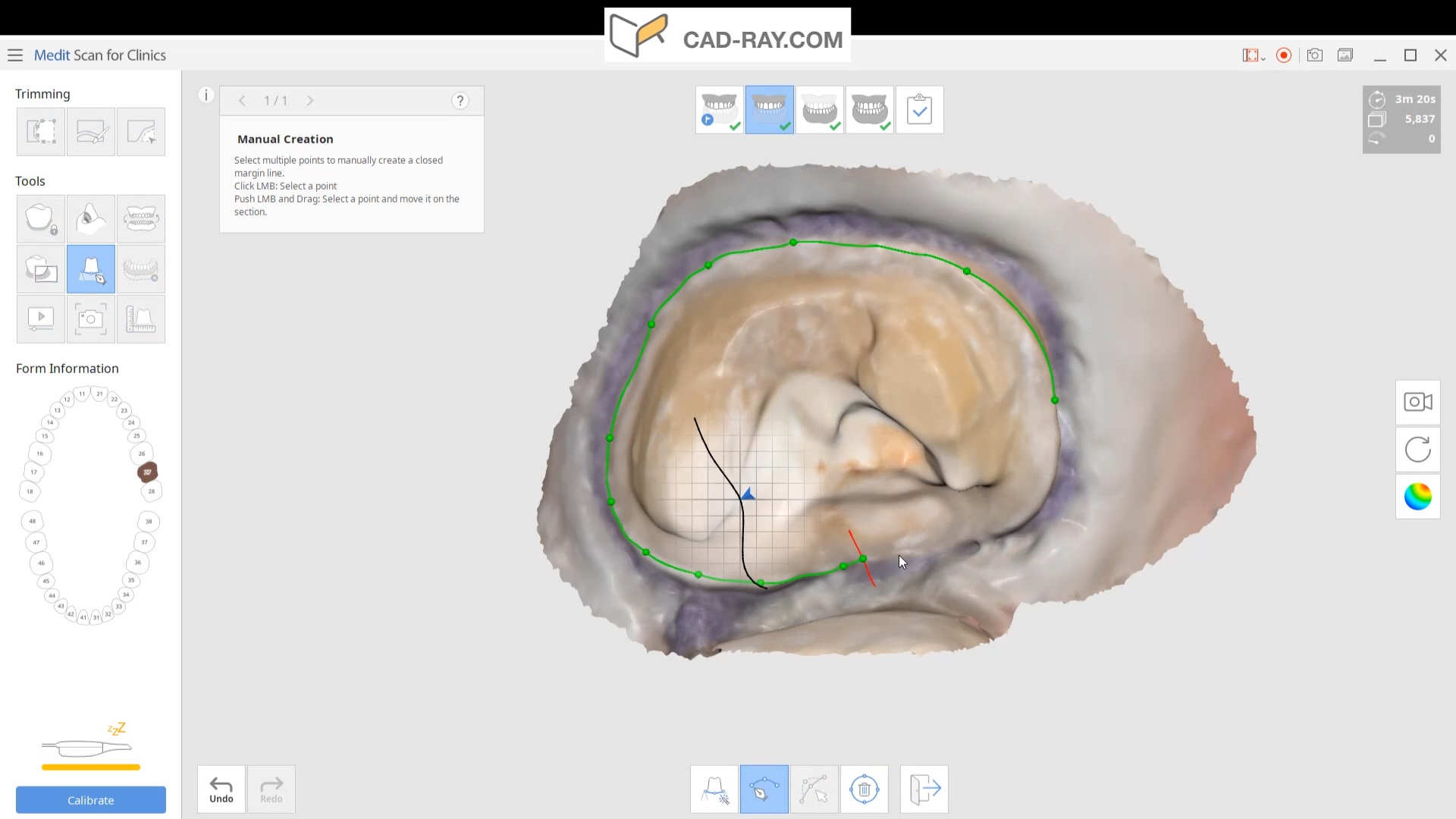
Launch CAD Software
The Meditlink software allow you to launch a variety of CAD programs that include 3shape, exocad, cerec, etc… Here we launch exocad which automatically imports and aligns the models and marks the margins. The restoration is then designed to completion.
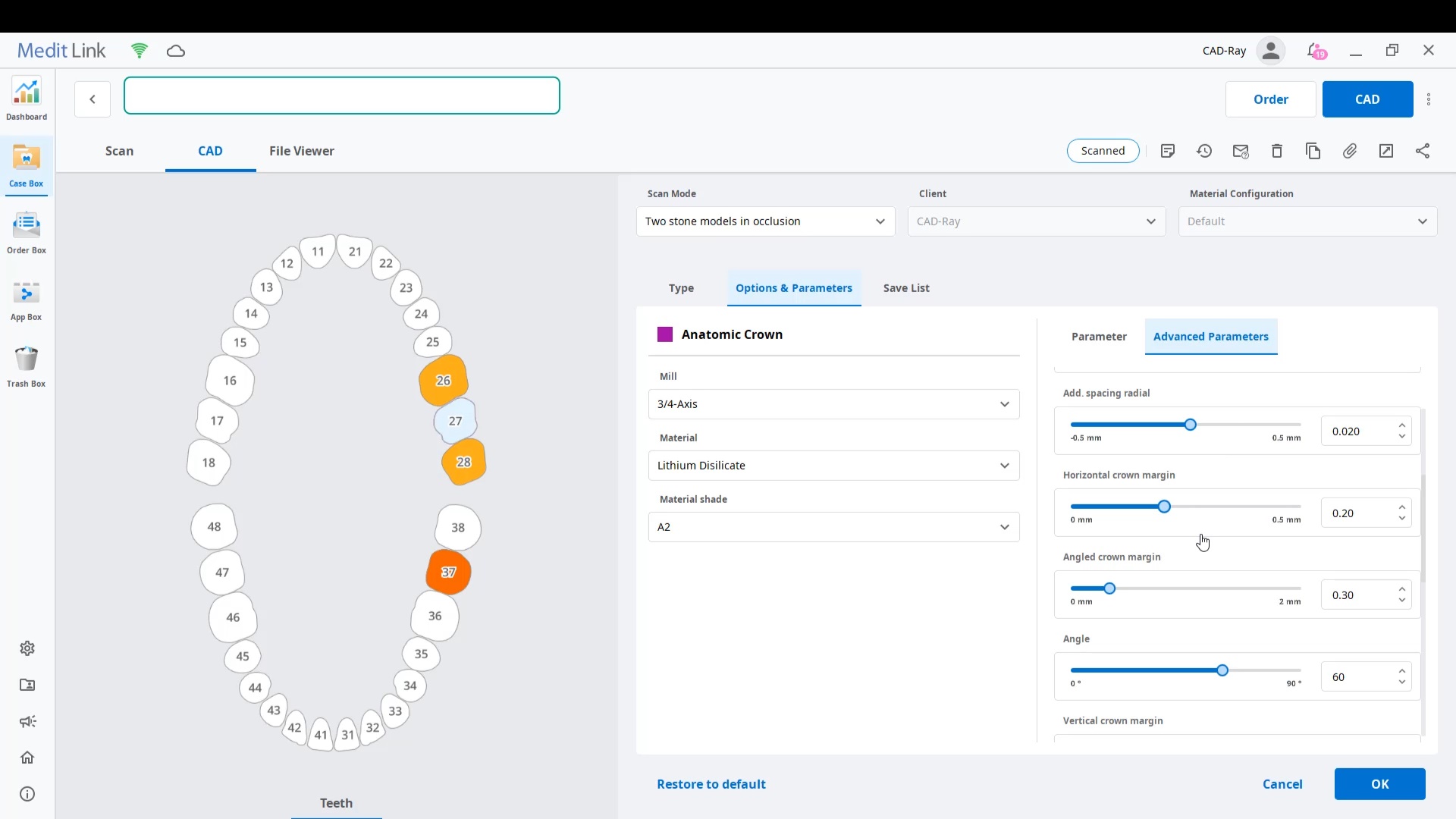
Design of restoration
The CAD software allows you or the lab to alter the marked margins if necessary. The restoration is aligned in the arch for and the contacts are adapted to the adjacents and the oppising
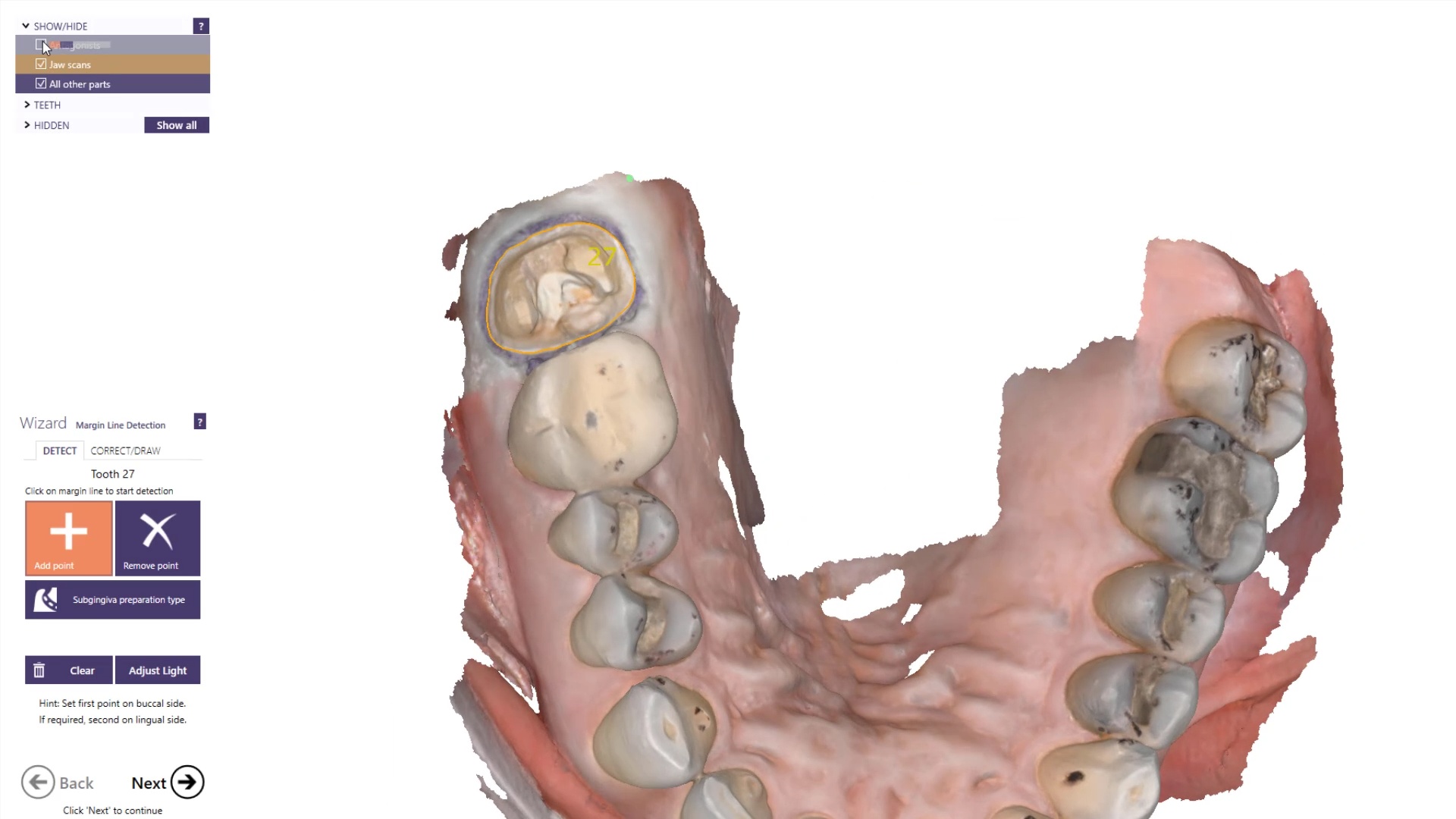
You can take the designed restoration to ANY milling machine or printer
Milling of Lithium Disilicate with Imes Icore Coritec One
The final restoration design can be exported as an stl and taken to a variety of mills or printers. Here we designed it millbox and milled with the coritec One. The material used was Amber Mill and it was crystalized and seated
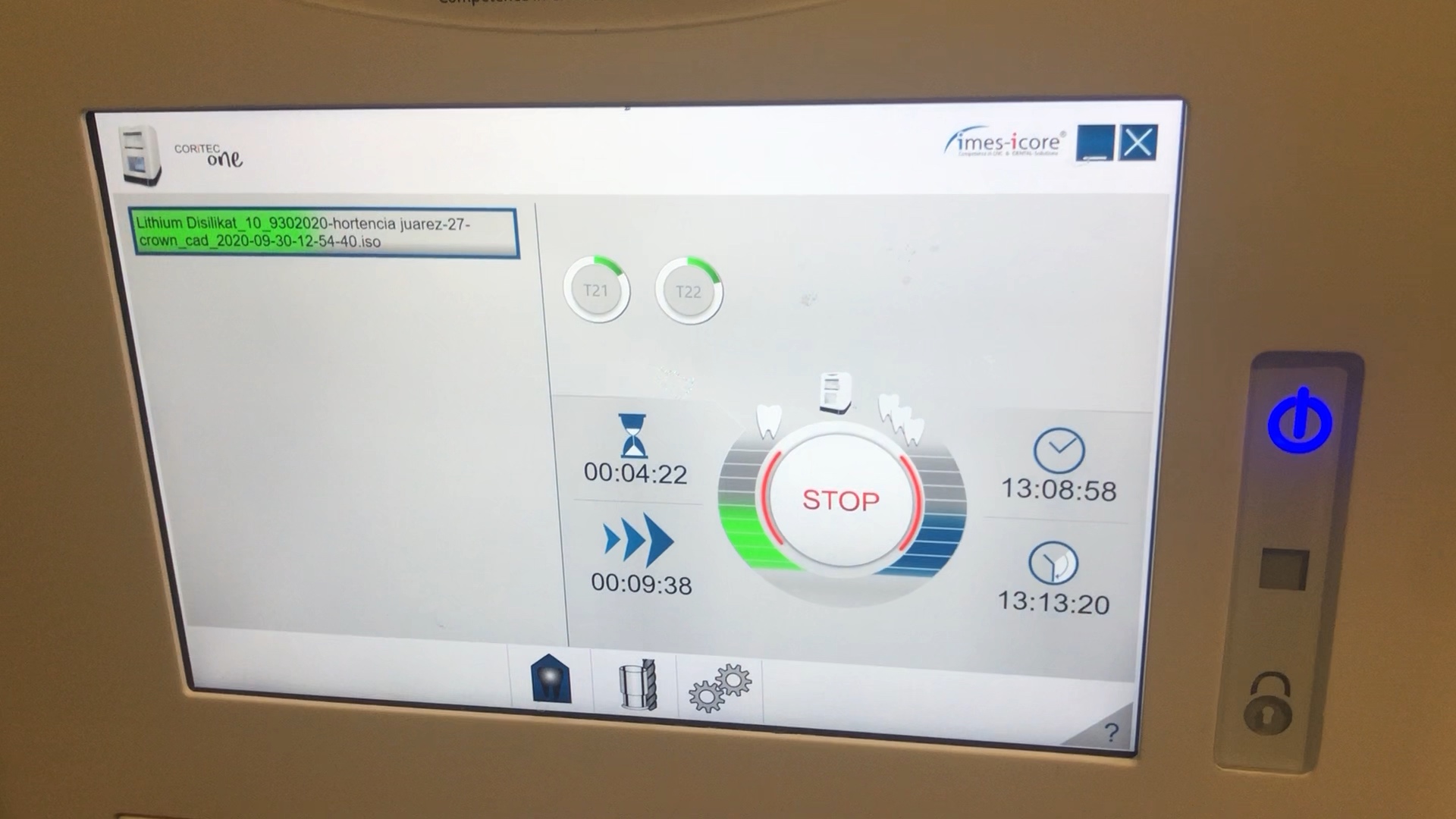
Post-op X-ray
Final X-ray was taken to verify the fit and to make sure no excess resin was left behind
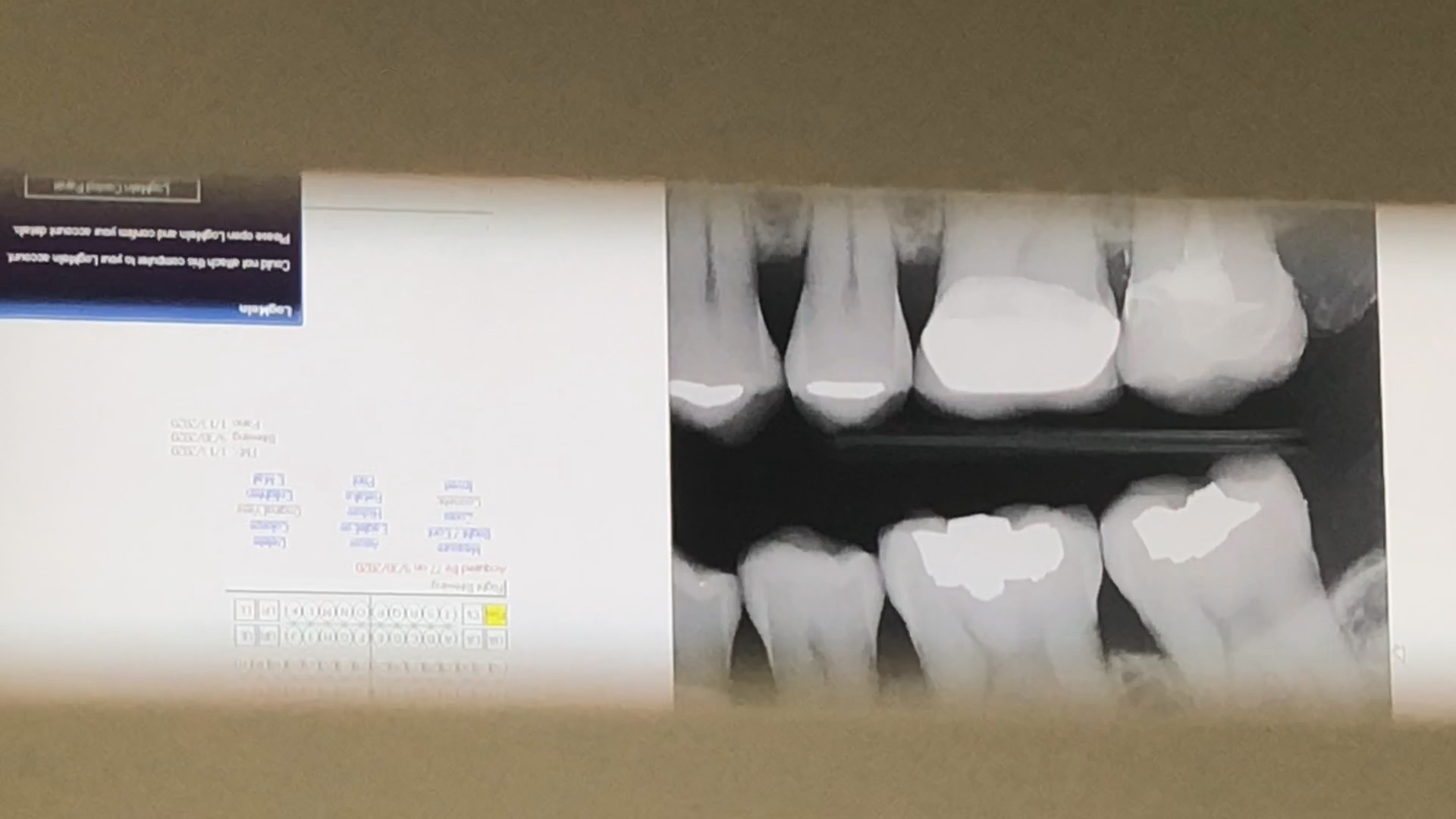
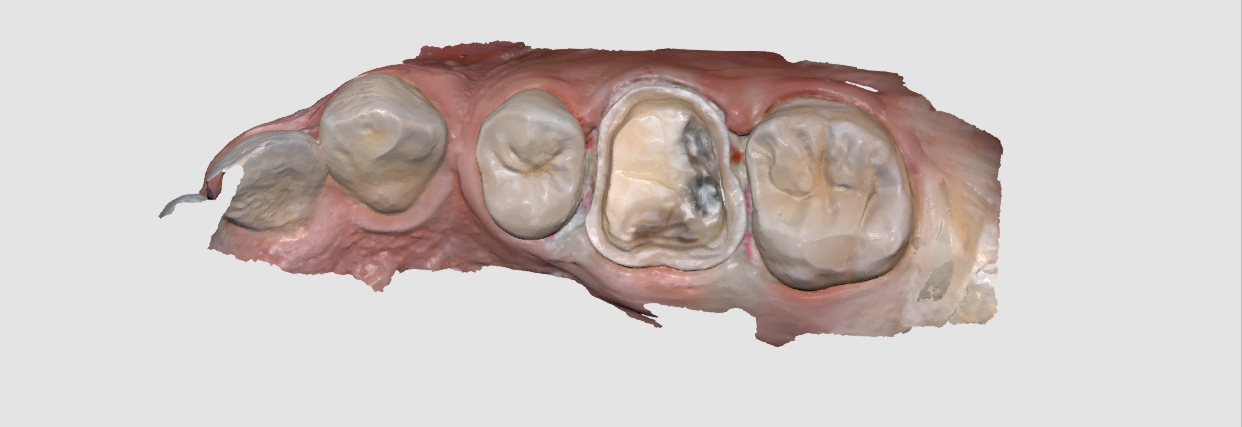
The following pictures depict the sequence of burs we recommend that you use to finish a preparation quickly. While patient is getting numb, take a quick look at the clearance you will need to reach proper material thickness. Once the quadrant is isolated with isolite and optragate, take an occlusal router bur and create a trough to gain the proper depth. Follow that with a flat disk, and you can quickly reduce the occlusal height.
A shoulder bur of .8 mm thickness can help you reduce the interproximal areas as well as the buccal and lingual margin lines. Before finishing the prep, place hemostatic agent like expasyl in the sulcus and place retraction cord. while it is setting, check your reduction. If you need more space, now is the time to reduce some more.
Once you have adequate clearance, retraction, and hemostatis, you can readily image and find your margins in the CAD software
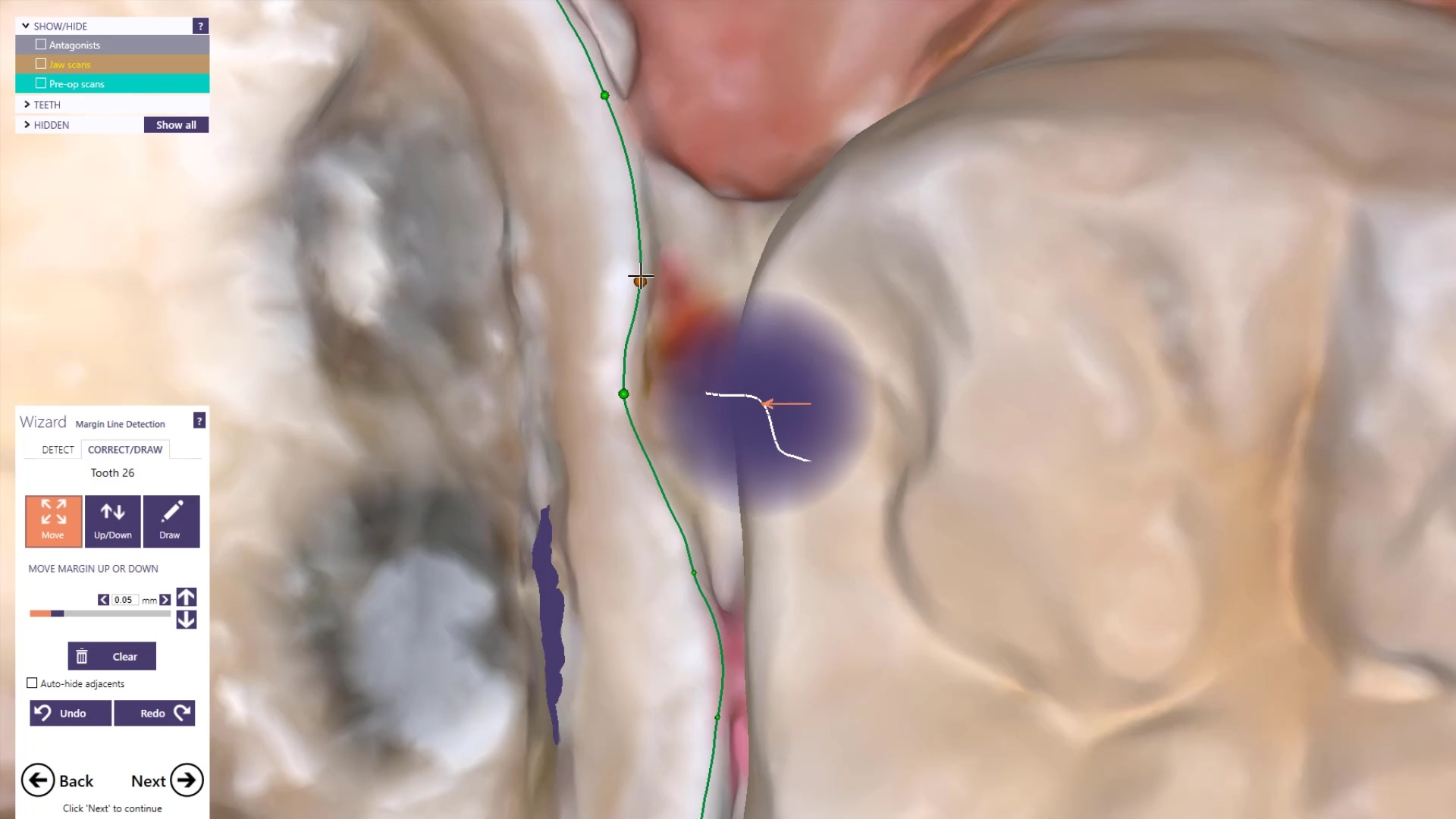
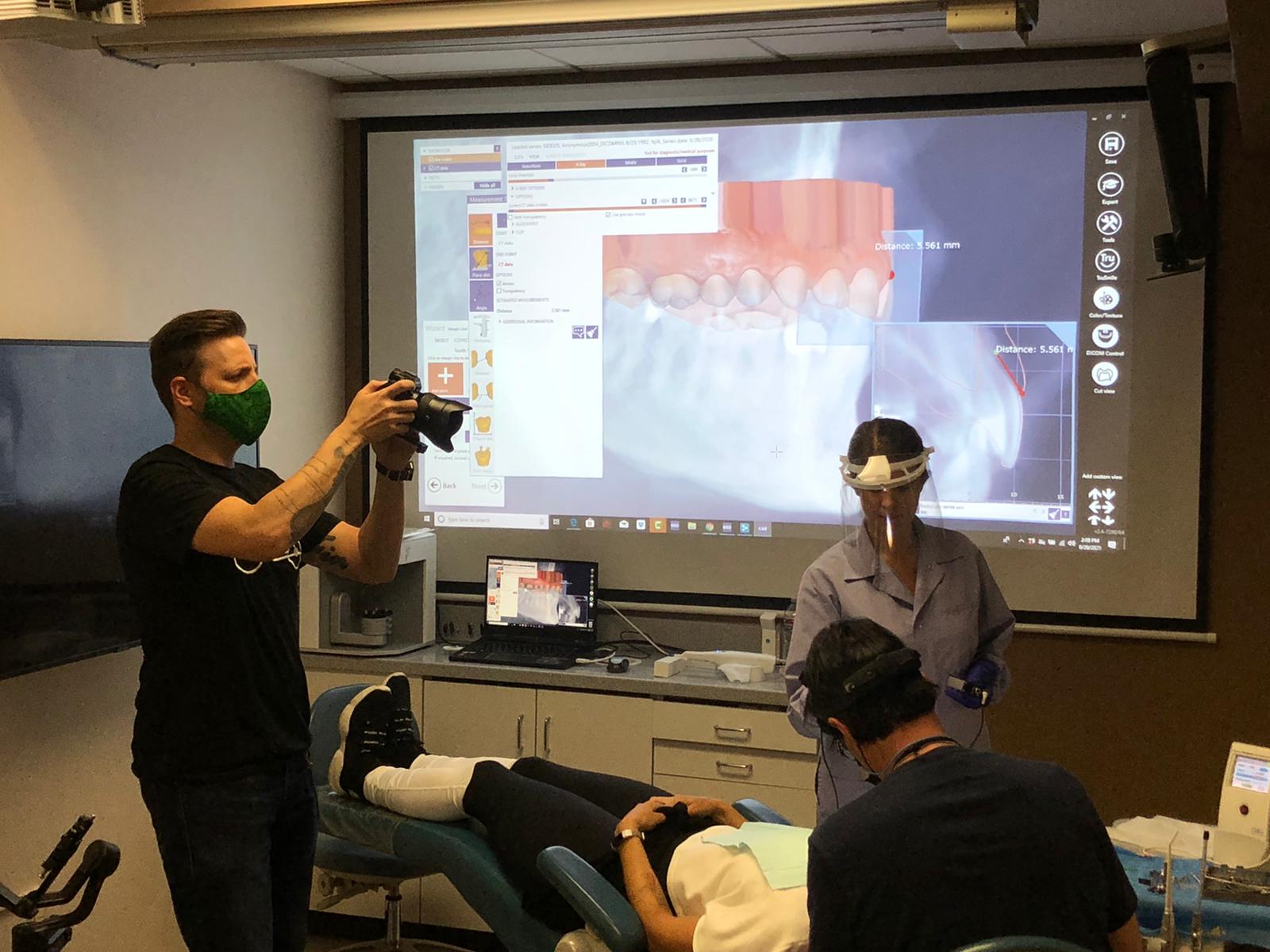
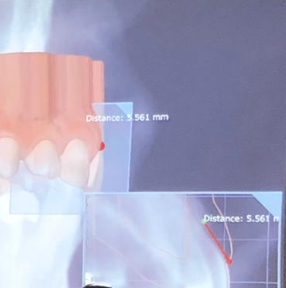 A Medit i500 scan was taken and merged with a CT scan and the distance to bone was measured (5.5 mm’s) giving enough space for soft tissue contouring with a diode laser. The 3D X-ray must be captured with cotton rolls placed in the vestibule so that you can differentiate between the gingiva and the lip. Ideally you should not close the base of the digital model by the intra-oral scanner as it can make the merge of the data sets more difficult than it needs to be.
A Medit i500 scan was taken and merged with a CT scan and the distance to bone was measured (5.5 mm’s) giving enough space for soft tissue contouring with a diode laser. The 3D X-ray must be captured with cotton rolls placed in the vestibule so that you can differentiate between the gingiva and the lip. Ideally you should not close the base of the digital model by the intra-oral scanner as it can make the merge of the data sets more difficult than it needs to be.
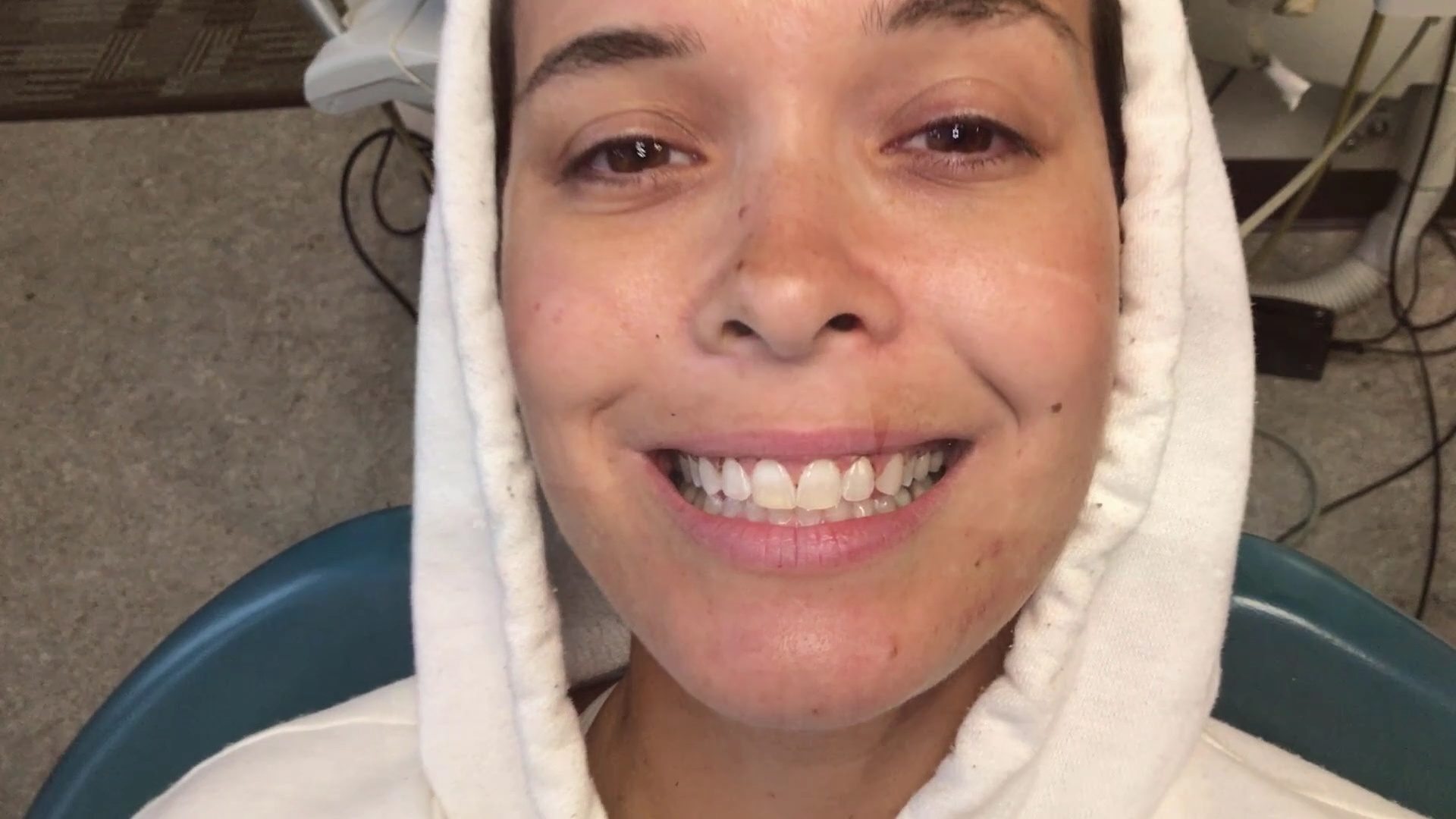
Comparison of Pre-Op Scan and Post Gingivectomy Scan with Medit i500
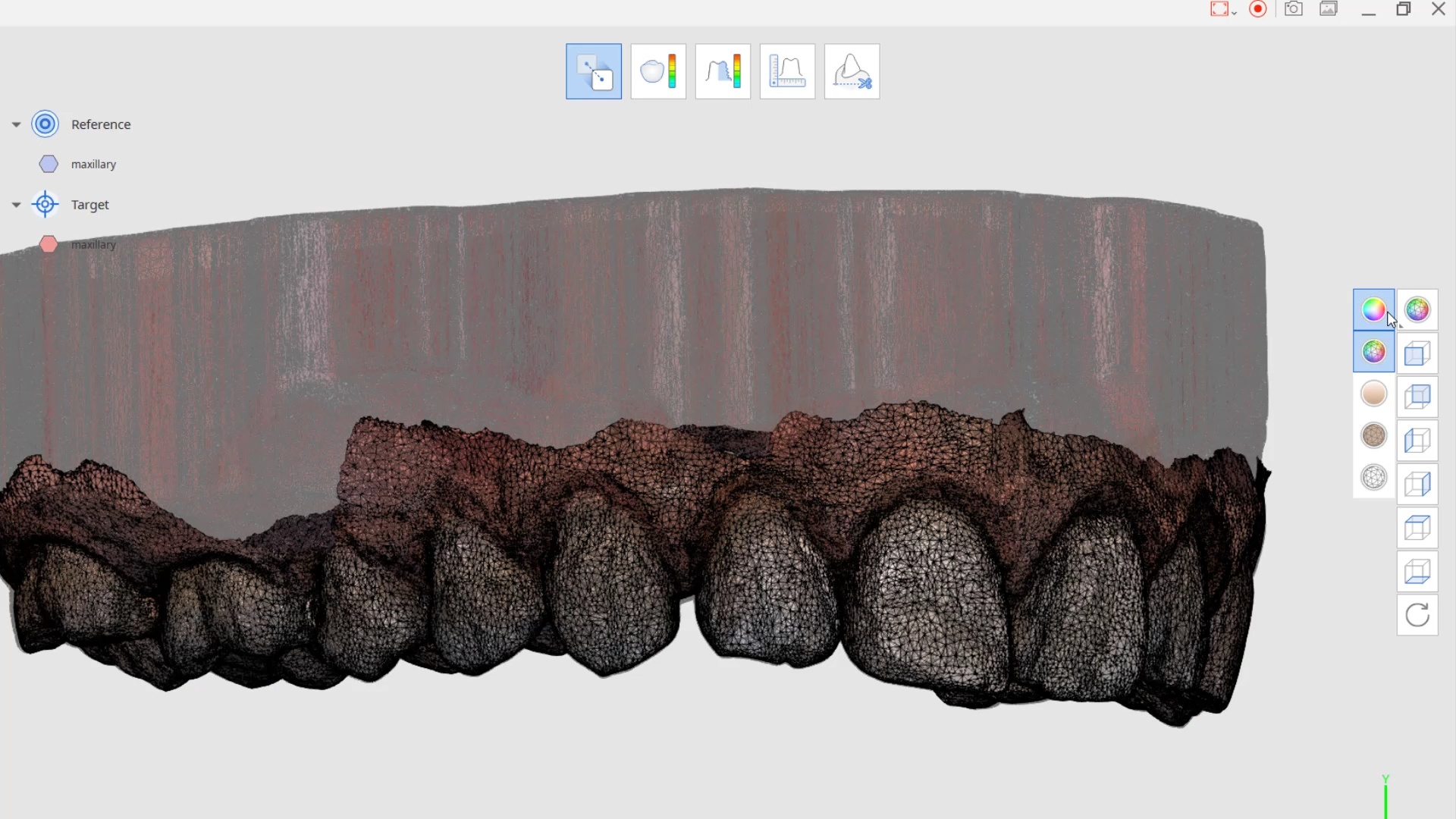
You must be logged in to post a comment.